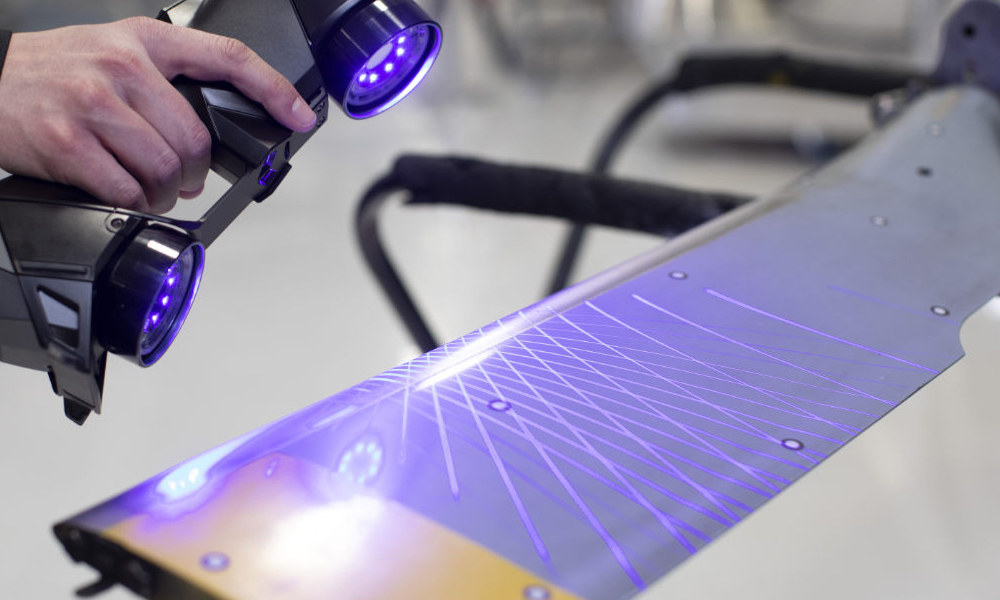PROFESSIONAL TRAINING COURSES
Get Certification with Self-Paced or Online Instruction
Course Catalog
FILTER CATALOG

Ultimate Bundle
- Available Methods:
- SELF PACED - Price: $39,740
Bundled Pricing: $4,995 -
$495 - 3DEXPERIENCE Admin Essentials
$495 - 3DEXPERIENCE User Essentials: Collaborative Designer For SOLIDWORKS
$495 - 3DEXPERIENCE User Essentials: Web UI
$995 - 3DEXPERIENCE Simulia FEA Essentials
$995 - Advanced Sheet Metal
$1,495 - Assembly Modeling
$1,495 - Advanced Part Modeling
$1,495 - Drawings
$1,495 - Advanced Surface Modeling
$1,495 - CAM Standard
$1,495 - CAM Professional
$1,995 - Composer
$95 - (CSWA) Prep Course
$195 - (CSWP) Prep Course
$1,995 - Flow Simulation
$1,495 - GD&T
$695 - Inspection
$695 - Large Assembly Performance
$995 - MBD
$1,495 - Mold Design
$1,495 - Plastics Essentials
$1,495 - Plastics Advanced
$1,495 - Routing Electrical
$1,495 - Routing Piping & Tubing
$1,995 - SOLIDWORKS Essentials
$1,495 - Simulation Essentials
$1,495 - Simulation Advanced
$1,995 - Simulation Premium: Dynamics
$1,995 - Simulation Premium: Nonlinear
$995 - Simulia FEA Essentials
$695 - TolAnalyst
$995 - Weldment Design
$39,740 subtotal
(-$34,745) Bundled Discount
$4,995 Total - ENROLL

CAD Designer BUNDLE
- Available Methods:
- SELF PACED - Price: $18,320
Bundled Pricing: $3,995
-
$1,495 - Drawings
$1,495 - Assembly Modeling
$1495 - Advanced Part Modeling
$995 - Advanced Sheet Metal
$1,495 - Advanced Surface Modeling
$1,495 - CAM Standard
$95 - (CSWA) Prep Course
$195 - (CSWP) Prep Course
$695 - Large Assembly Performance
$1,495 - Mold Design
$1,495 - Routing Electrical
$1,495 - Routing Piping & Tubing
$1,995 - SOLIDWORKS Essentials
$695 - TolAnalyst
$995 - Weldment Design
$17,625 subtotal
(-$13,630) Bundled Discount
$3,995 Total - ENROLL

Professional Bundle
- Available Methods:
- SELF PACED
- Price: $7,175
Bundled Pricing: $2,995 -
$1,495 - Drawings
$1,495 - Assembly Modeling
$1495 - Advanced Part Modeling
$95 - (CSWA) Prep Course
$195 - (CSWP) Prep Course
$1,995 - SOLIDWORKS Essentials
$6,770 subtotal
(-$3,775) Bundled Discount
$2,995 Total - ENROLL

SOLIDWORKS ESSENTIALS
- Available Methods:
- SELF PACED
- INSTRUCTOR LED ONLINE
- CLASSROOM - Classroom Length: 4 days
- Instructor-Led Online Length: 8 Days
- Price: $1,995
- LEARN MORE
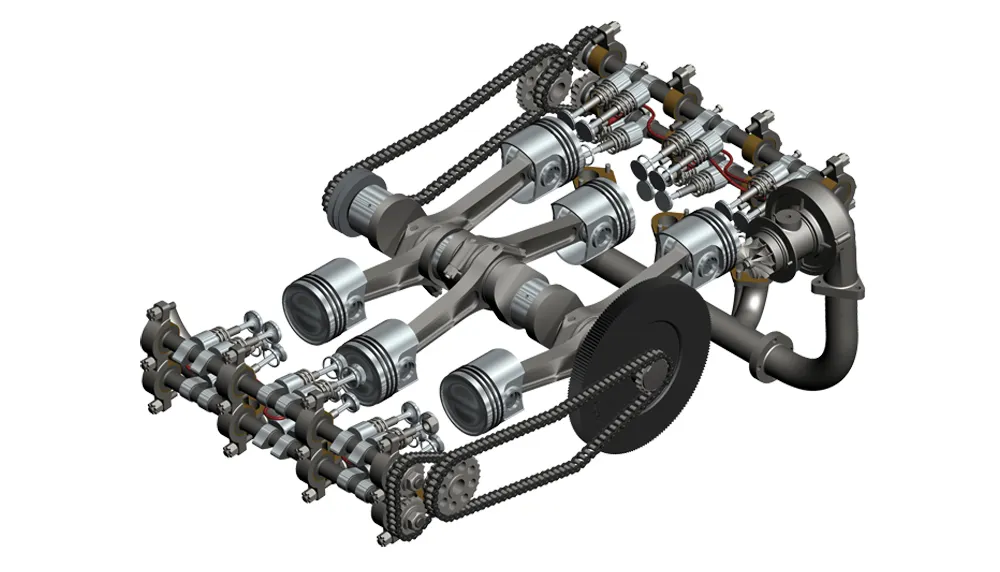
ASSEMBLY MODELING
- Available Methods:
- SELF PACED - Price: $1,495
- LEARN MORE
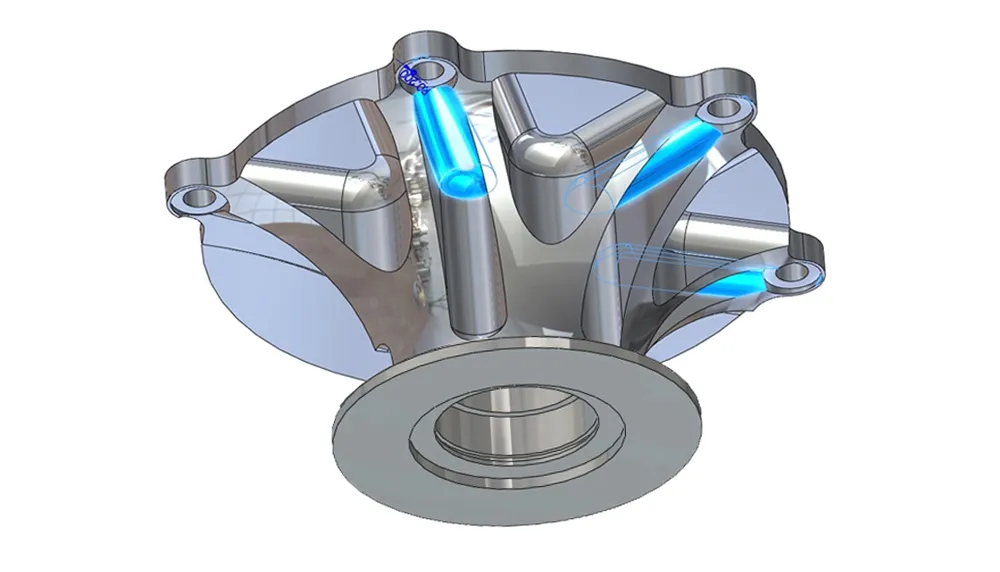
Advanced Part Modeling
- Available Methods:
- SELF PACED - Price: $1,495
- ENROLL
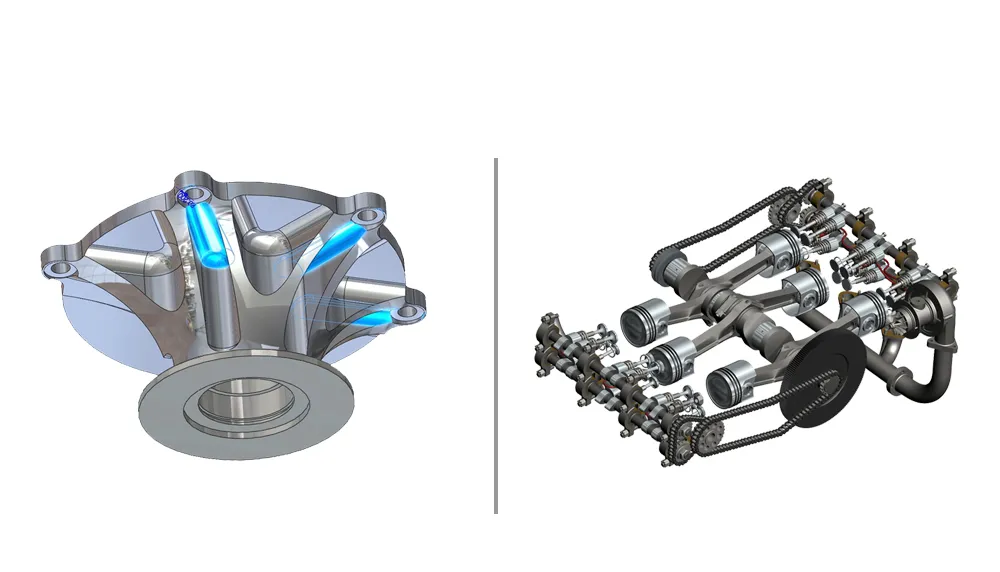
Advanced Bundle
- Available Methods:
- SELF PACED
- INSTRUCTOR LED ONLINE
- CLASSROOM - Classroom Length: 4 days
- Instructor-Led Online Length: 8 Days
- Price: $2,990
Bundled Pricing: $1,995 -
$1,495 - Assembly Modeling
$1495 - Advanced Part Modeling
$2,990 sub total
(-$995) Bundled Discount
$1,995 Total - LEARN MORE
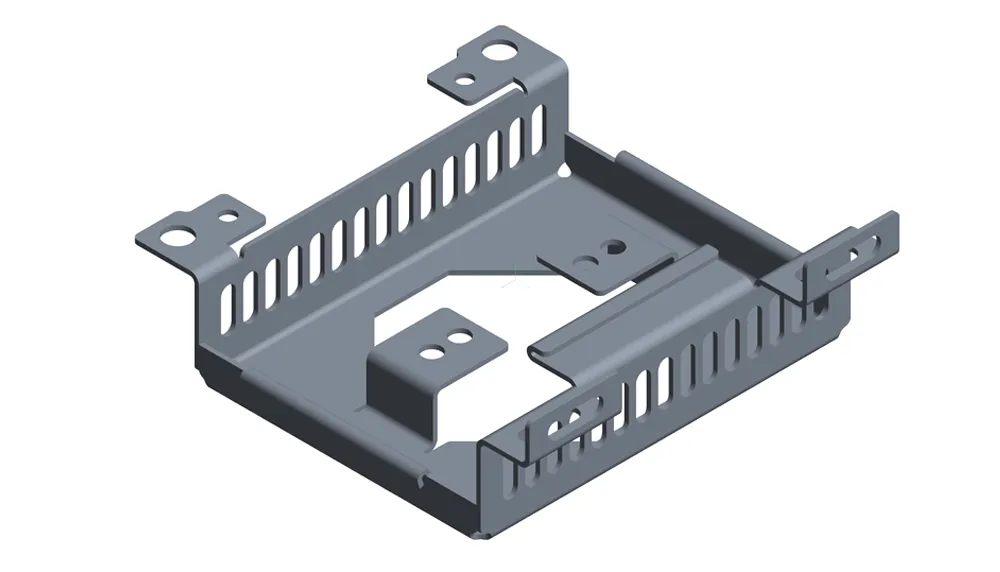
SHEET METAL
- Available Methods:
- SELF PACED
- INSTRUCTOR LED ONLINE - Instructor-Led Online Length: 4 Days
- Price: $995
- LEARN MORE
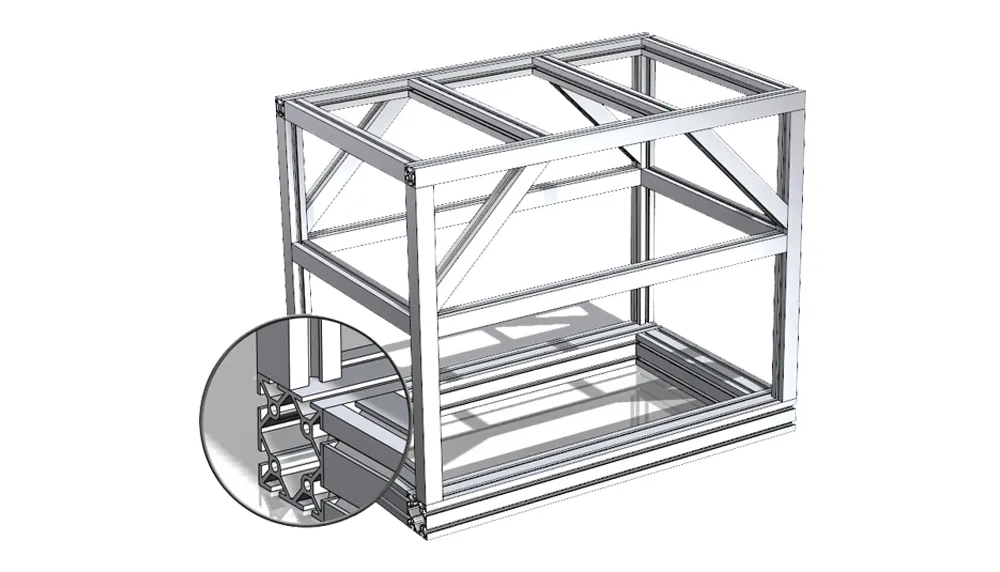
WELDMENTS
- Available Methods:
- SELF PACED
- INSTRUCTOR LED ONLINE - Instructor-Led Online Length: 2 Days
- Price: $995
- LEARN MORE
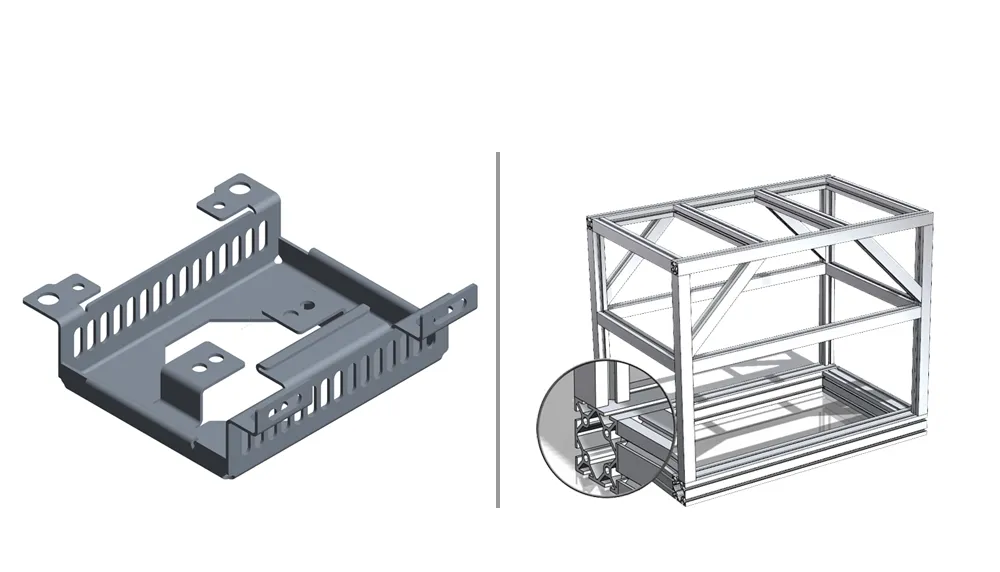
SHEET METAL AND WELDMENTS BUNDLE
- Available Methods:
- CLASSROOM - Classroom Length: 3 days
- Price: $1,495
- LEARN MORE
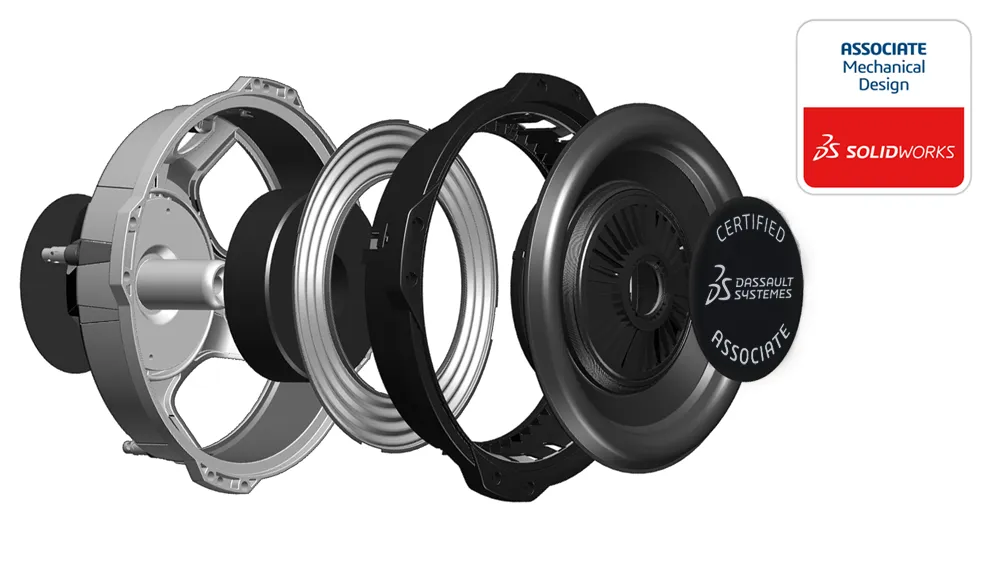
CSWA PREP COURSE
- Available Methods:
- SELF PACED - Price: $95
- ENROLL
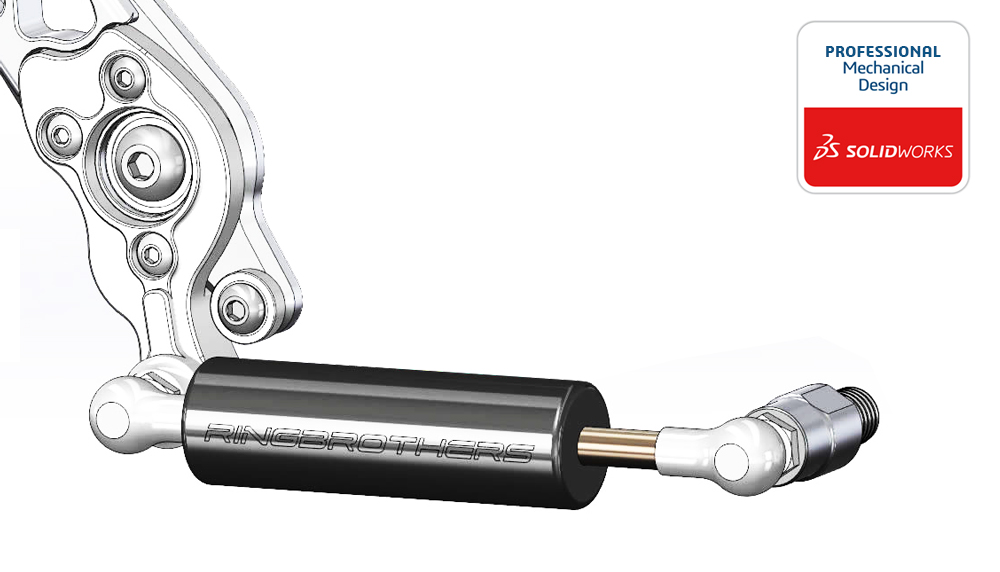
CSWP PREP COURSE
- Available Methods:
- SELF PACED - Price: $195
- ENROLL

SOLIDWORKS Tune-up
- Available Methods:
- INSTRUCTOR LED ONLINE
- CLASSROOM - Classroom Length: 1 day
- Instructor-Led Online Length: 2 Days
- Price: $1,095
- LEARN MORE
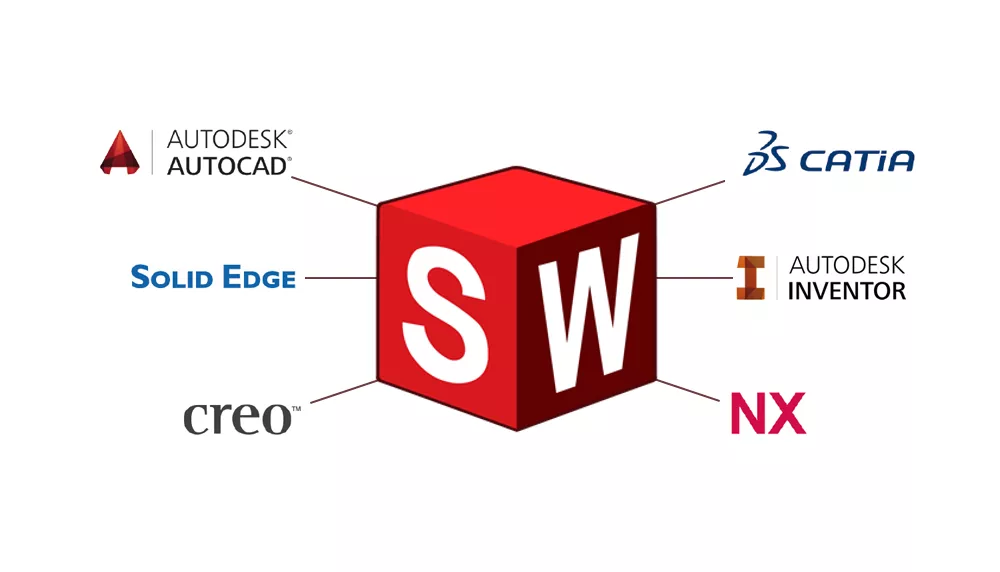
Mastering Multi-CAD
- Available Methods:
- INSTRUCTOR LED ONLINE
- CLASSROOM - Classroom Length: 2 dayS
- Instructor-Led Online Length: 3 Days
- Price: $695
- LEARN MORE
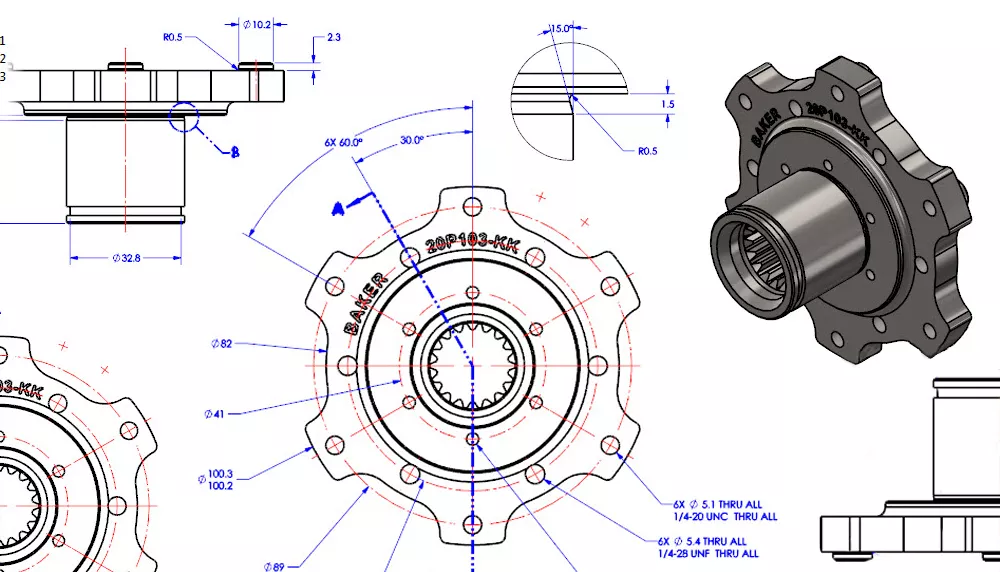
Drawings
- Available Methods:
- SELF PACED
- INSTRUCTOR LED ONLINE
- CLASSROOM - Classroom Length: 3 days
- Instructor-Led Online Length: 5 Days
- Price: $1,495
- LEARN MORE
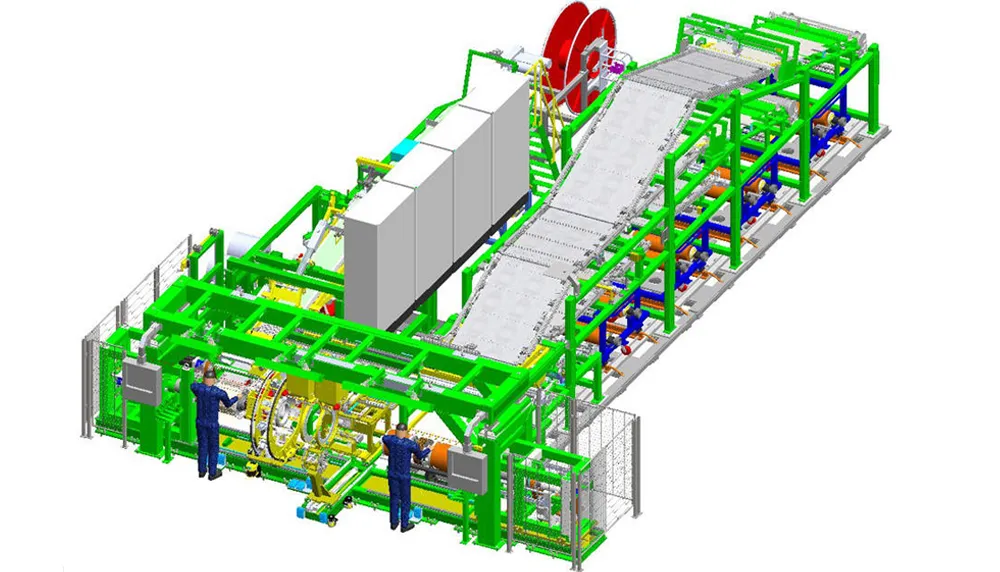
LARGE ASSEMBLY
- Available Methods:
- SELF PACED - Price: $695
- ENROLL
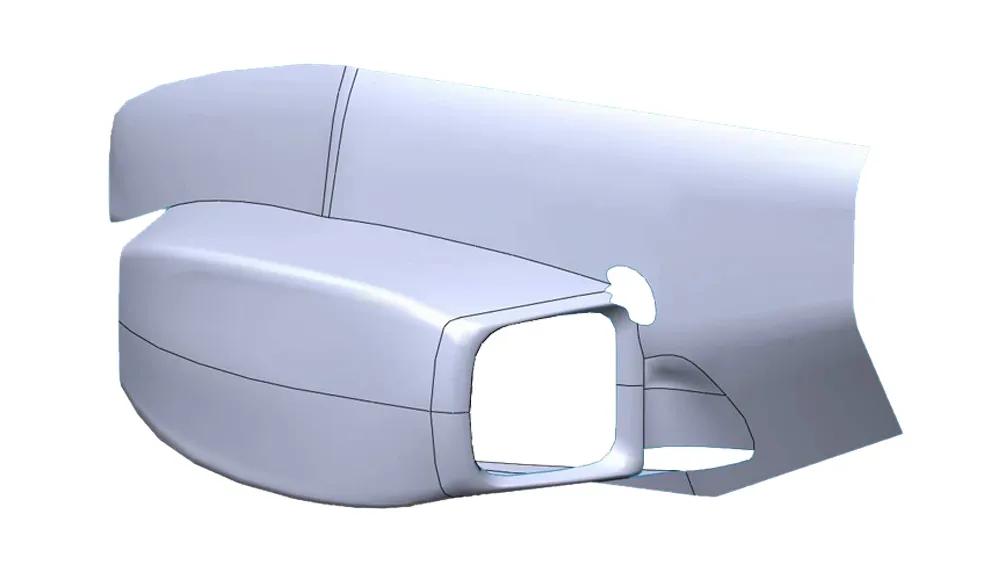
ADVANCED SURFACE MODELING
- Available Methods:
- SELF PACED
- INSTRUCTOR LED ONLINE
- CLASSROOM - Classroom Length: 2 days
- Instructor-Led Online Length: 4 Days
- Price: $1,495
- LEARN MORE
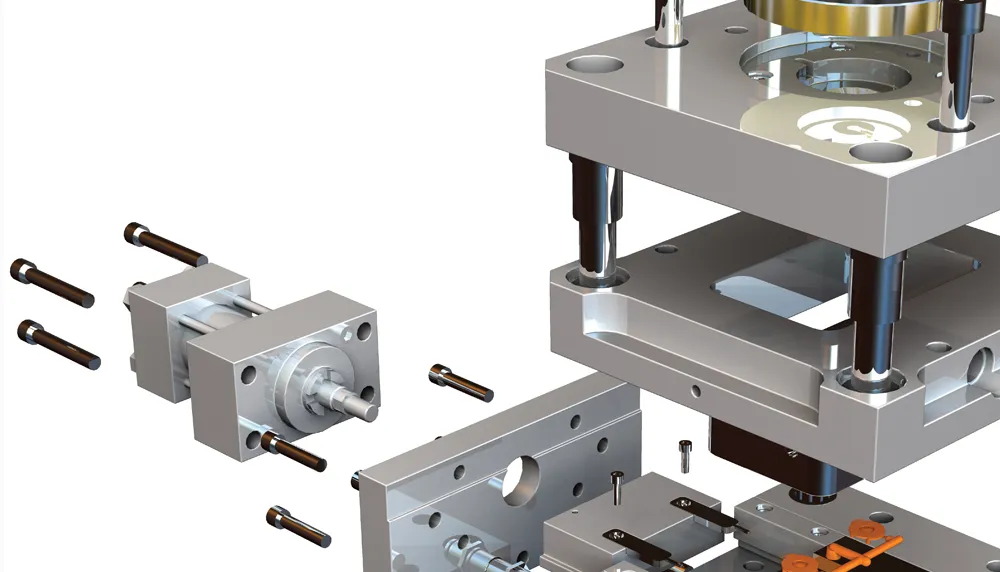
MOLD DESIGN
- Available Methods:
- SELF PACED
- INSTRUCTOR LED ONLINE
- CLASSROOM - Classroom Length: 2 days
- Instructor-Led Online Length: 4 Days
- Price: $1,495
- LEARN MORE
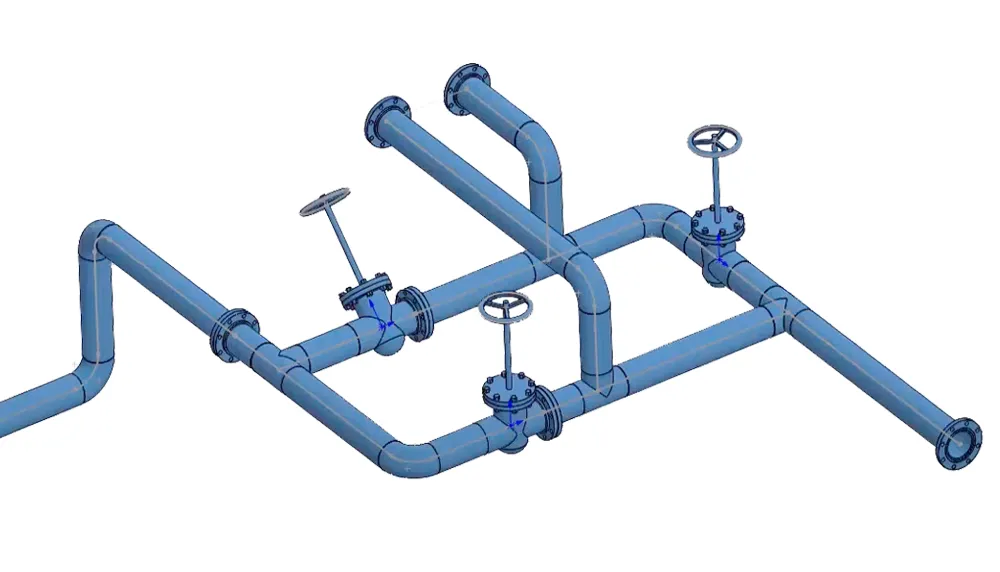
ROUTING: Piping & Tubing
- Available Methods:
- SELF PACED
- INSTRUCTOR LED ONLINE
- CLASSROOM - Classroom Length: 2 days
- Instructor-Led Online Length: 4 Days
- Price: $1,495
- LEARN MORE
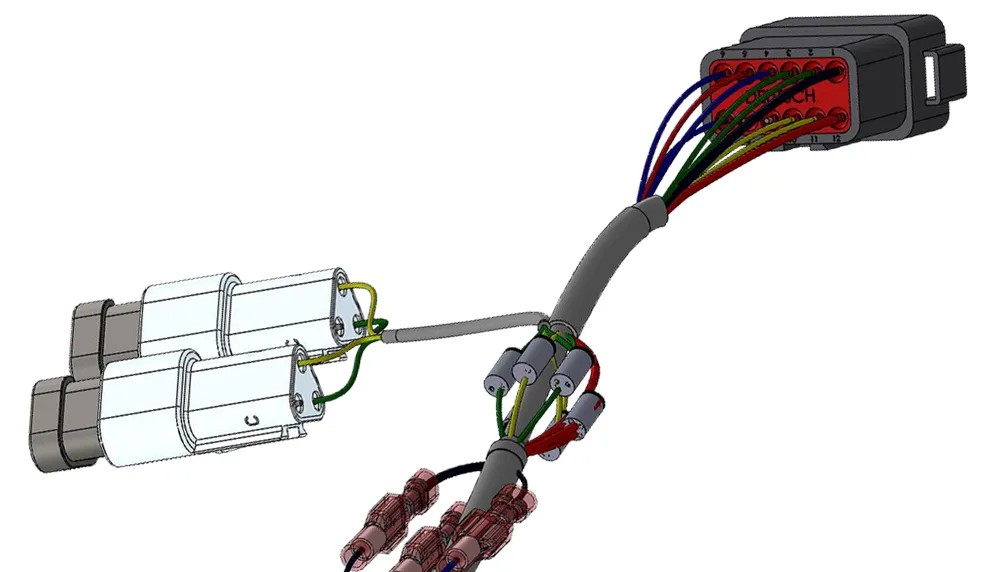
ROUTING: Electrical
- Available Methods:
- SELF PACED
- INSTRUCTOR LED ONLINE
- CLASSROOM - Classroom Length: 2 days
- Instructor-Led Online Length: 4 Days
- Price: $1,495
- LEARN MORE
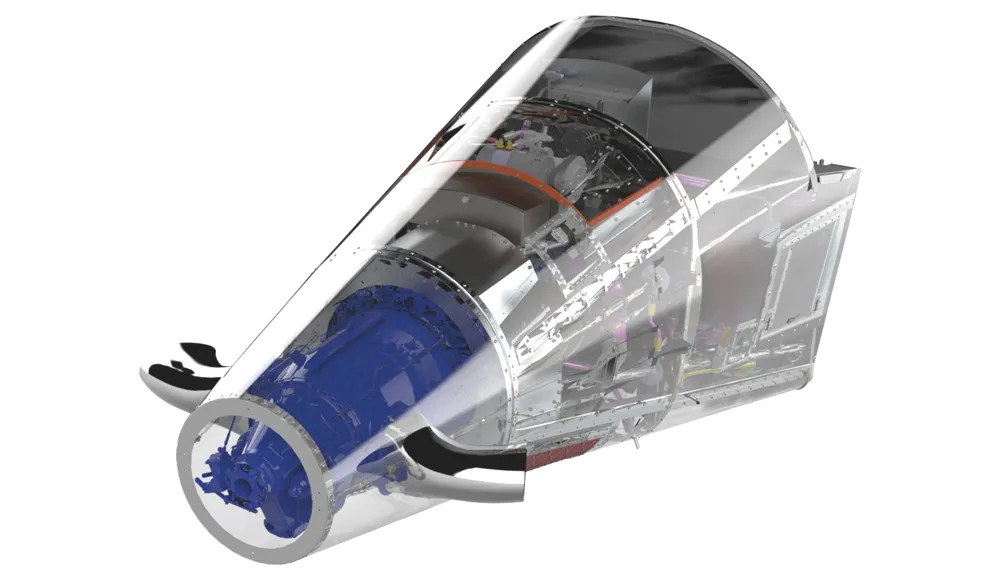
ENRICHMENT COURSE SERIES
- Available Methods:
- INSTRUCTOR LED ONLINE - Each Online Course: 4 Hours
- Price: $895
-
- Sketch Like a Pro!
- SOLIDWORKS Extreme Part Modeling
- Advanced Sheet Metal for Fabrication Pros
- SOLIDWORKS Advanced Weldments
- 3D Modeling for Plastic Part Design
- Learn the Basics of SOLIDWORKS Cam
- Mastering the SOLIDWORKS Design Library
- Mastering Imported Models in SOLIDWORKS
- Mastering Parts & Features
- Mastering the SOLIDWORKS User Interface for Efficient Design
- Mastering Drawings
- Getting Started as CAD Admin
- Mastering CAD Admin: Custom Properties, Toolbox, Drawing Properties & BOM
- LEARN MORE
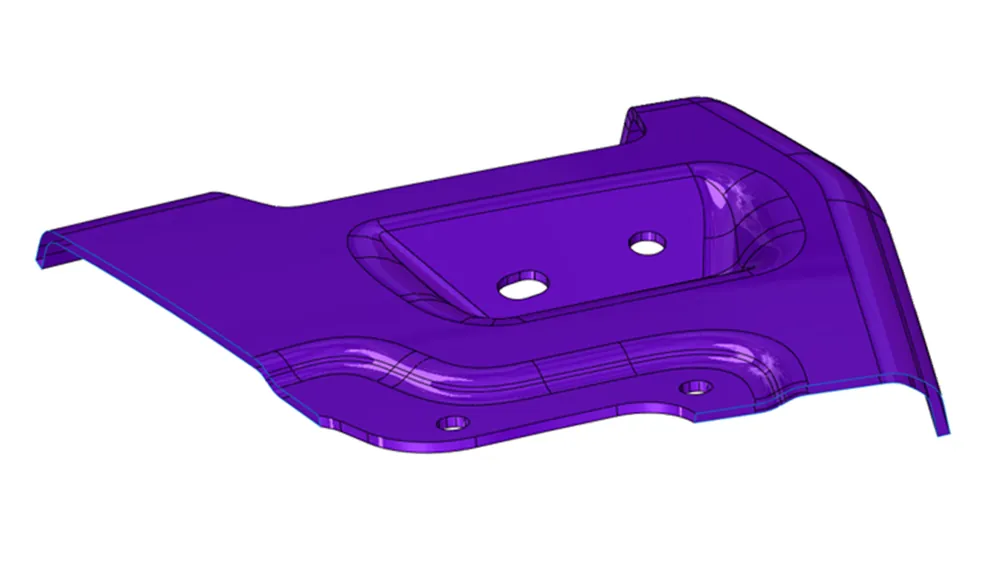
ASSEMBLY FOR TOOLING
- Available Methods:
- CLASSROOM - Classroom Length : 1 day
- Price: $695
- LEARN MORE
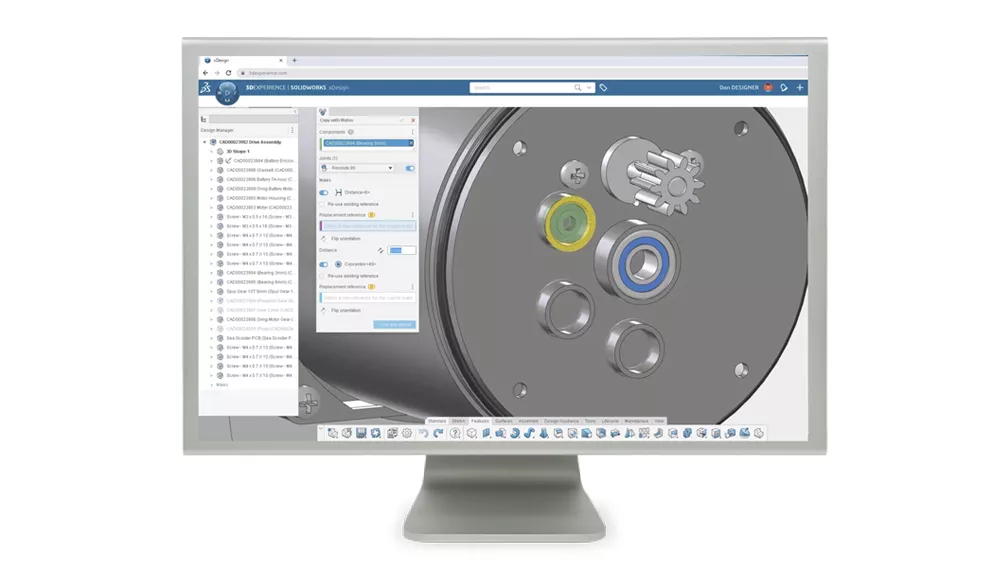
3DEXPERIENCE Administrator Essentials
- Available Methods:
- SELF PACED
- Price: $495
- LEARN MORE
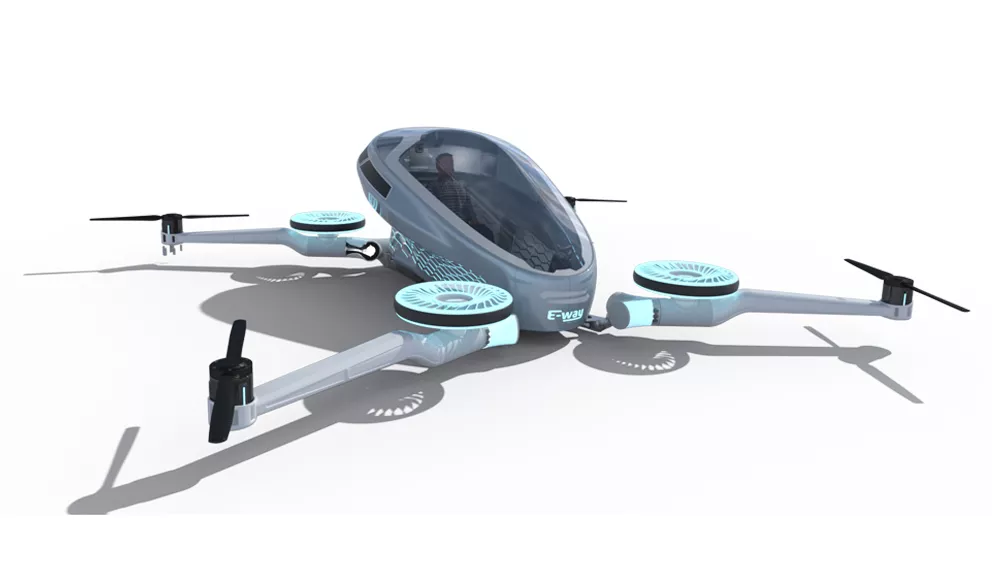
3DEXPERIENCE SOLIDWORKS
- Available Methods:
- SELF PACED
- Price: $495
- LEARN MORE
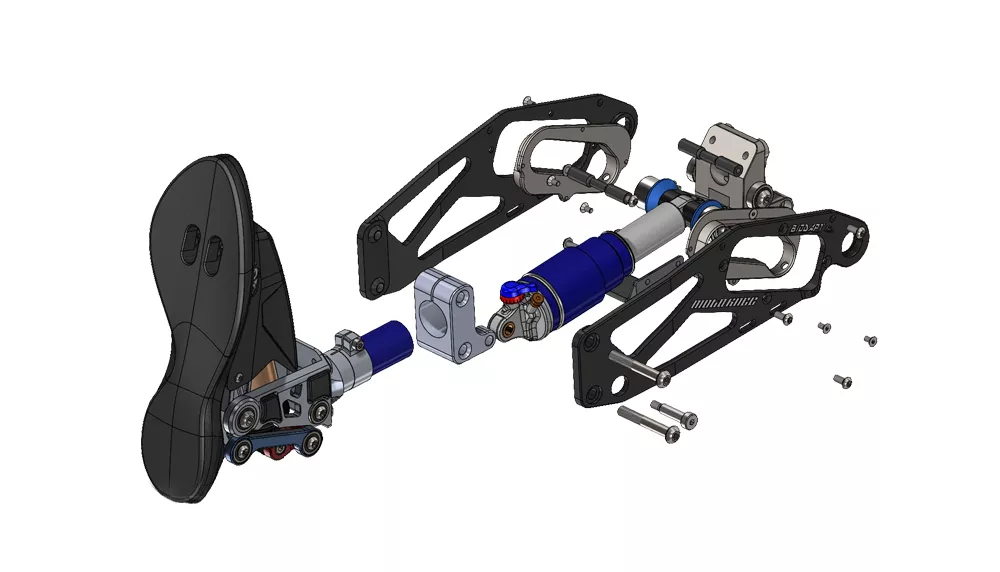
3DEXPERIENCE User Essentials: Collaborative Designer for SOLIDWORKS
- Available Methods:
- SELF PACED
- Price: $495
- LEARN MORE
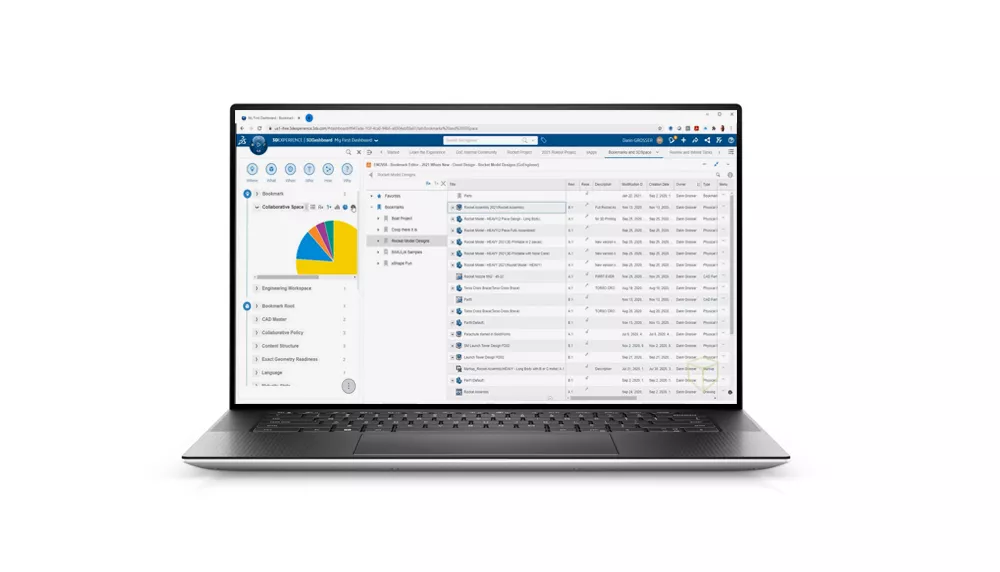
3DEXPERIENCE User Essentials: Web UI
- Available Methods:
- SELF PACED
- Price: $495
- LEARN MORE
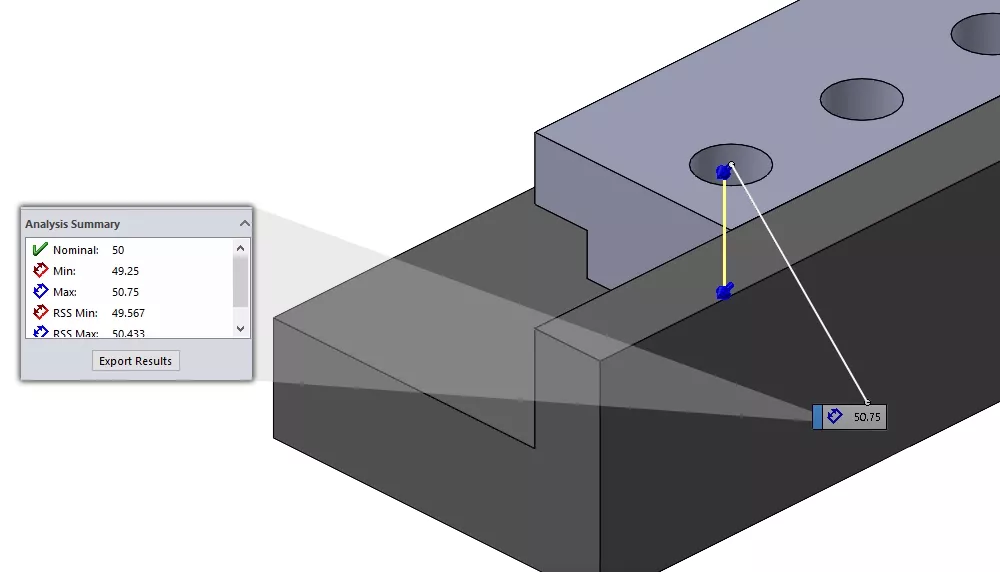
TolAnalyst for Design
- Available Methods:
- SELF PACED - Price: $695
- ENROLL
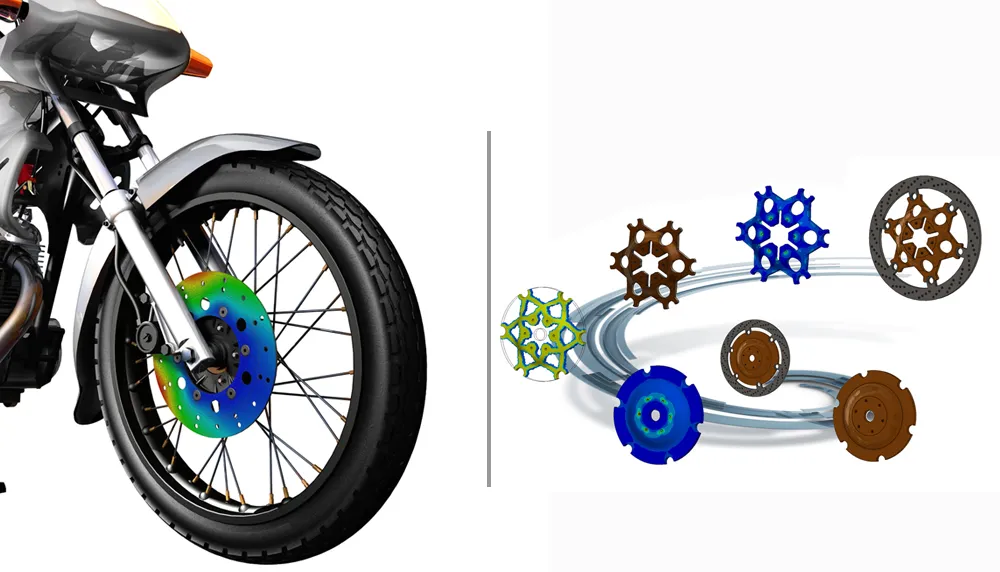
SIMULATION PROFESSIONAL BUNDLE
- Available Methods:
- SELF PACED
- INSTRUCTOR LED ONLINE - Instructor-Led Online Length: 6 Days
- Price: $2,495
-
$1,495 - Simulation Advanced
$1,495 - Simulation Essentials
$2,990 sub total
(-$495) Bundled Discount
$2,495 Total - LEARN MORE

SIMULATION ESSENTIALS
- Available Methods:
- SELF PACED
- INSTRUCTOR LED ONLINE
- CLASSROOM - Classroom Length: 3 days
- Instructor-Led Online Length: 5 Days
- Price: $1,495
- LEARN MORE
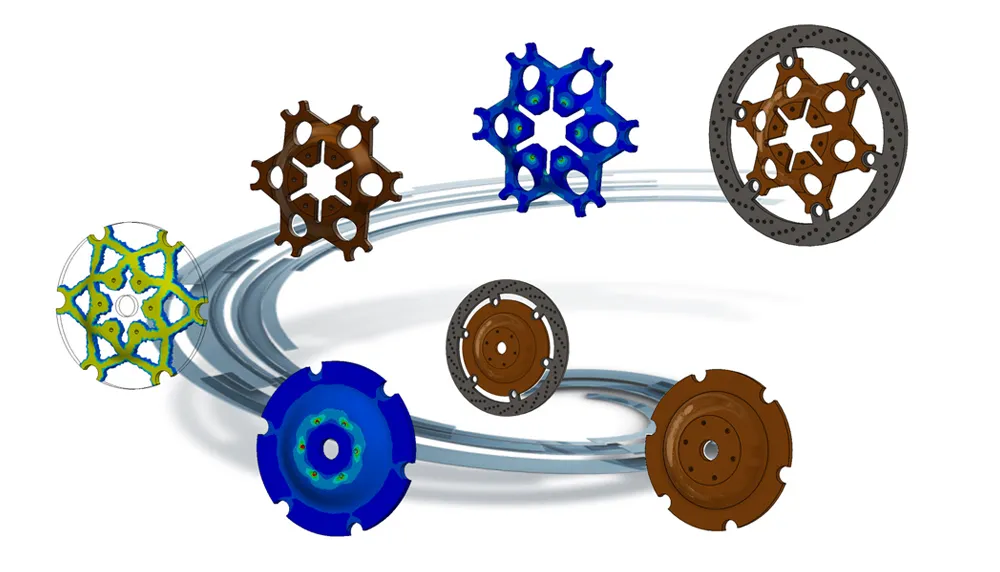
SIMULATION ADVANCED
- Available Methods:
- SELF PACED
- INSTRUCTOR LED ONLINE - Instructor-Led Online Length: 3 Days
- Price: $1,495
- LEARN MORE
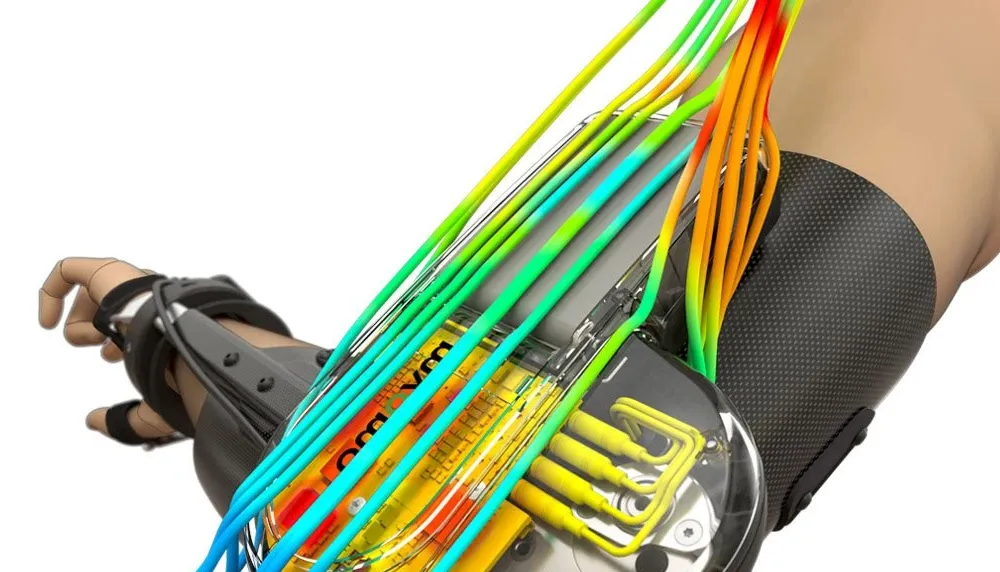
SIMULATION PREMIUM: DYNAMICS
- Available Methods:
- SELF PACED
- INSTRUCTOR LED ONLINE
- CLASSROOM - Classroom Length: 2 days
- Instructor-Led Online Length: 5 Days
- Price: $1,995
- LEARN MORE
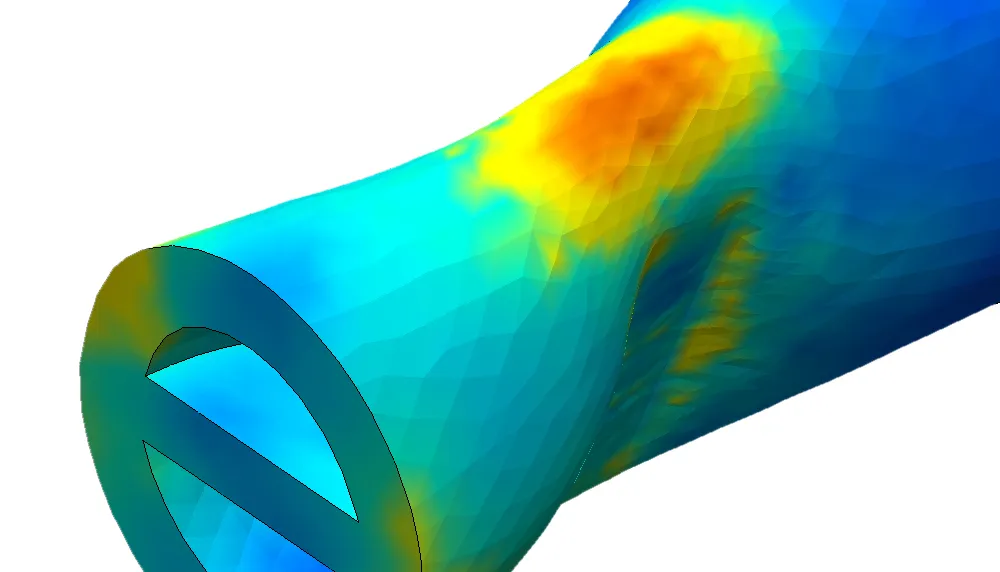
SIMULATION PREMIUM: Nonlinear
- Available Methods:
- SELF PACED
- INSTRUCTOR LED ONLINE
- CLASSROOM - Classroom Length: 2 days
- Instructor-Led Online Length: 5 Days
- Price: $1,995
- LEARN MORE
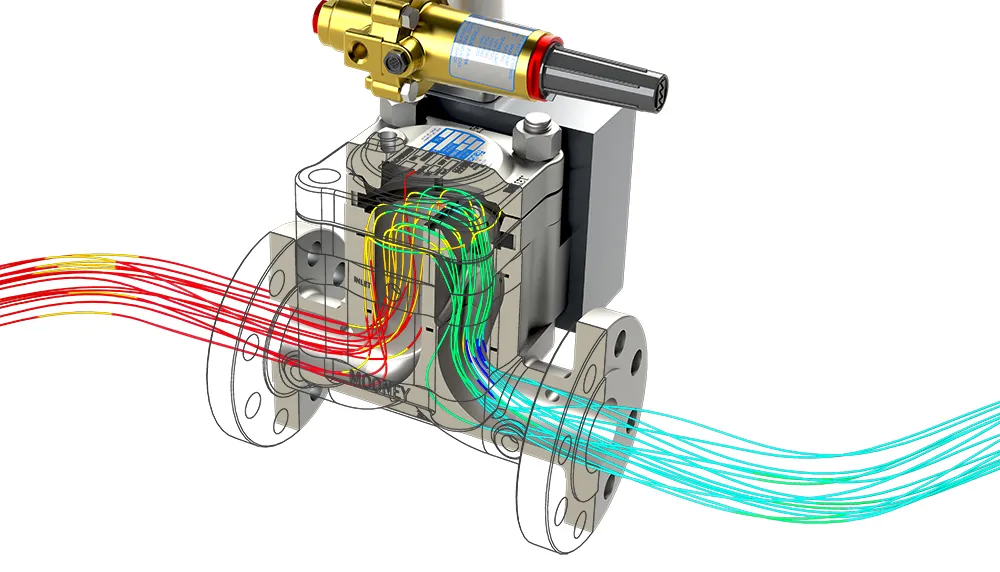
FLOW SIMULATION
- Available Methods:
- SELF PACED
- INSTRUCTOR LED ONLINE
- CLASSROOM - Classroom Length: 2 days
- Instructor-Led Online Length: 4 Days
- Price: $1,995
- LEARN MORE
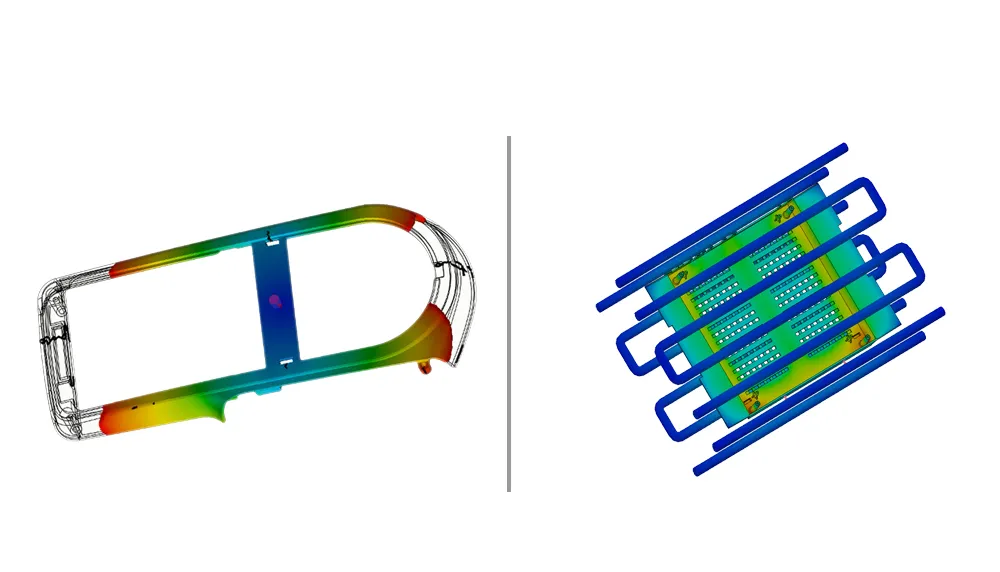
PLASTICS Premium Bundle
- Available Methods:
- SELF PACED
- INSTRUCTOR LED ONLINE
- CLASSROOM - Classroom Length: 2 days
- Instructor-Led Online Length: 4 Days
- Price: $1,995
-
$1,495 - Plastics Advanced
$1,495 - Plastics Essentials
$2,990 sub total
(-$995) Bundled Discount
$1,995 Total - LEARN MORE
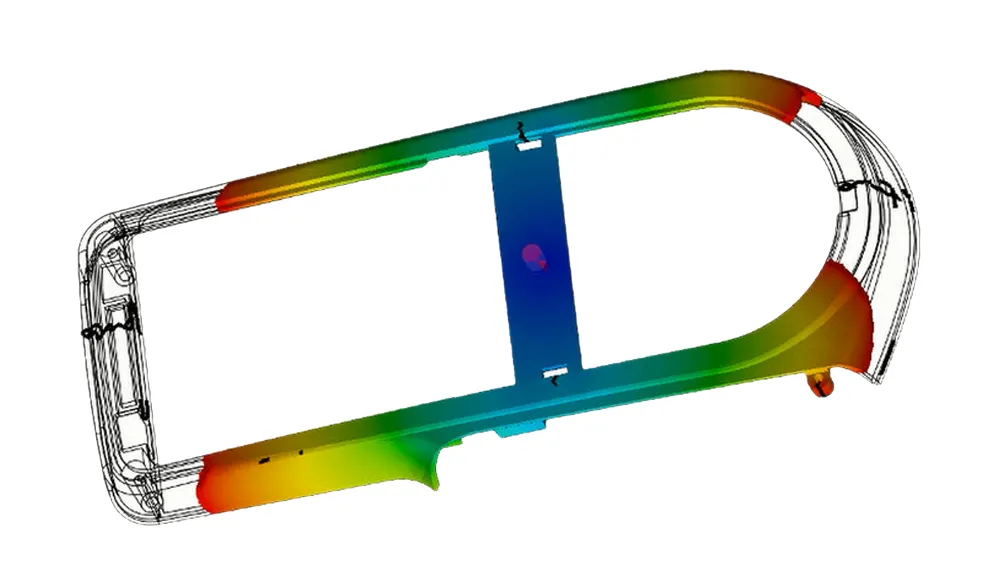
PLASTICS ESSENTIALS
- Available Methods:
- SELF PACED - Price: $1,495
- ENROLL
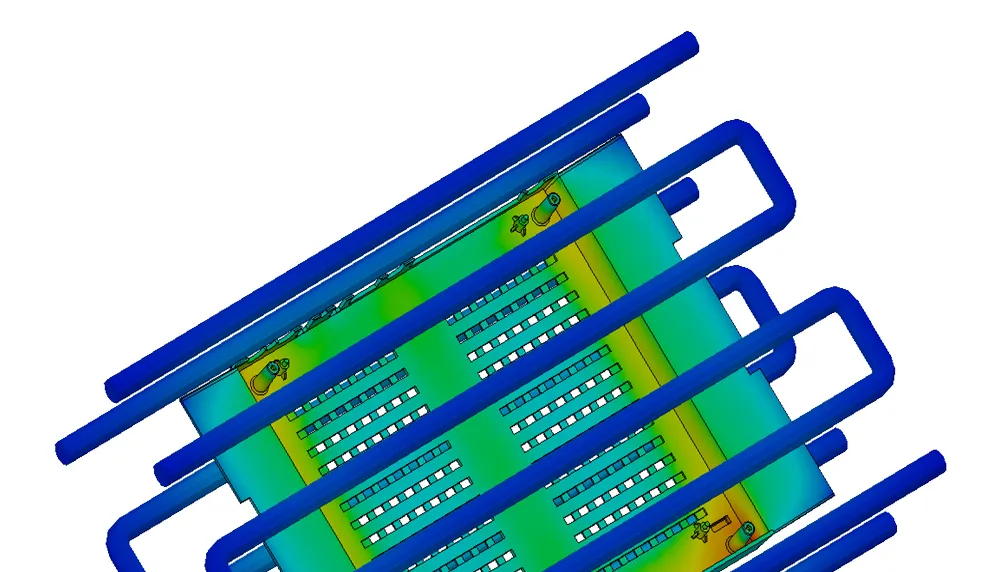
PLASTICS ADVANCED
- Available Methods:
- SELF PACED - Price: $1,495
- ENROLL
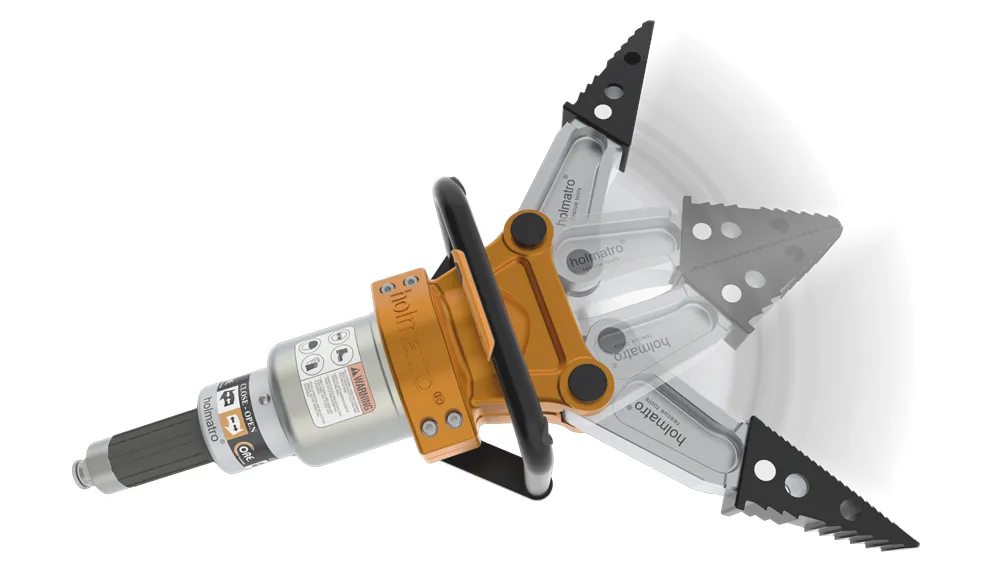
MOTION SIMULATION
- Available Methods:
- INSTRUCTOR LED ONLINE
- CLASSROOM
- Classroom Length: 2 days
- Instructor-Led Online Length: 4 Days
- Price: $1,495
- LEARN MORE
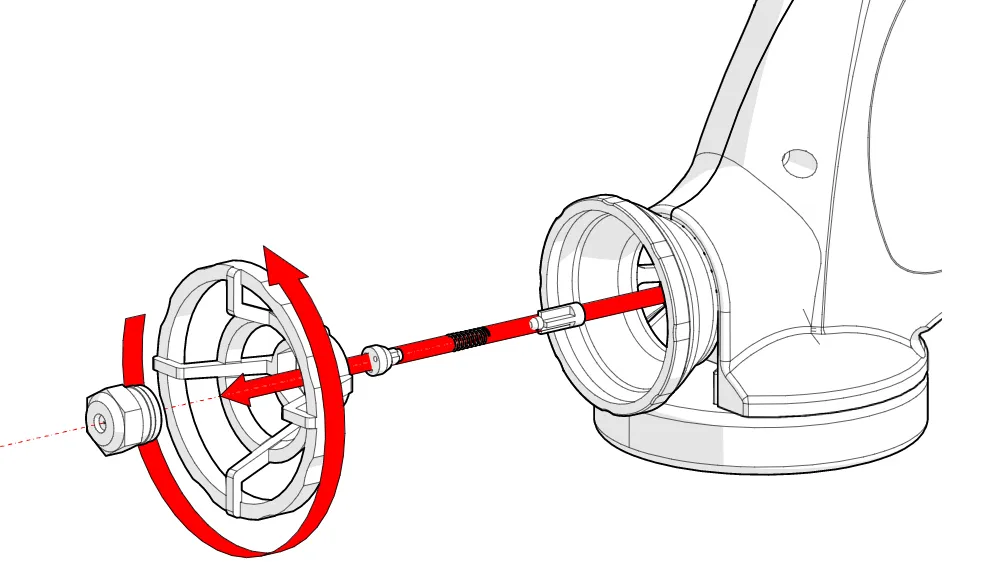
SOLIDWORKS COMPOSER
- Available Methods:
- SELF PACED
- INSTRUCTOR LED ONLINE
- CLASSROOM - Classroom Length: 3 days
- Instructor-Led Online Length: 5 Days
- Price: $1,995
- LEARN MORE

SOLIDWORKS VISUALIZE
- Available Methods:
- SELF PACED
- INSTRUCTOR LED ONLINE
- CLASSROOM
- Classroom Length: 2 Days
- Instructor-Led Online Length: 4 Days
- Price: $995
- LEARN MORE
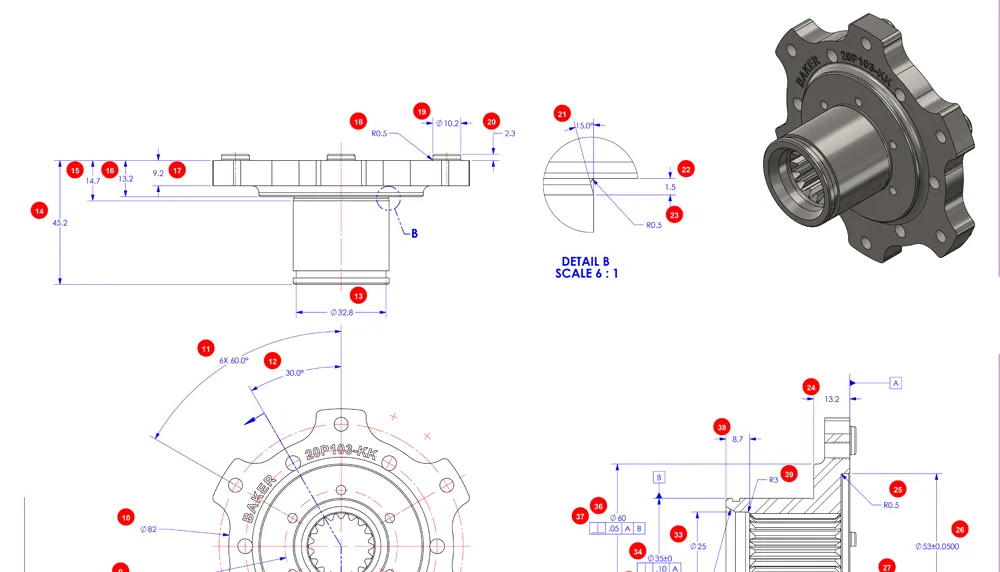
SOLIDWORKS INSPECTION
- Available Methods:
- SELF PACED - Price: $695
- ENROLL
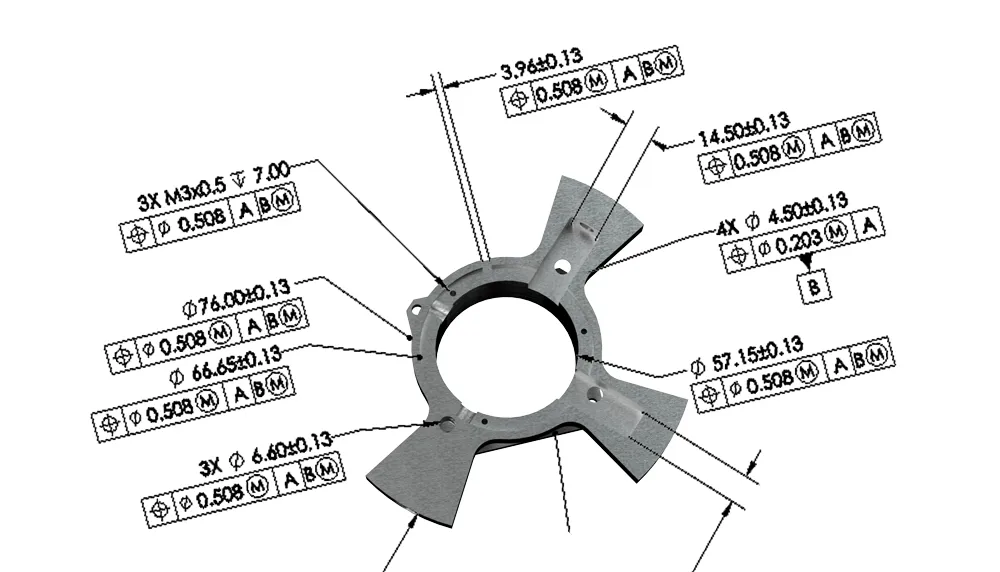
SOLIDWORKS MBD
- Available Methods:
- SELF PACED - Price: $995
- ENROLL
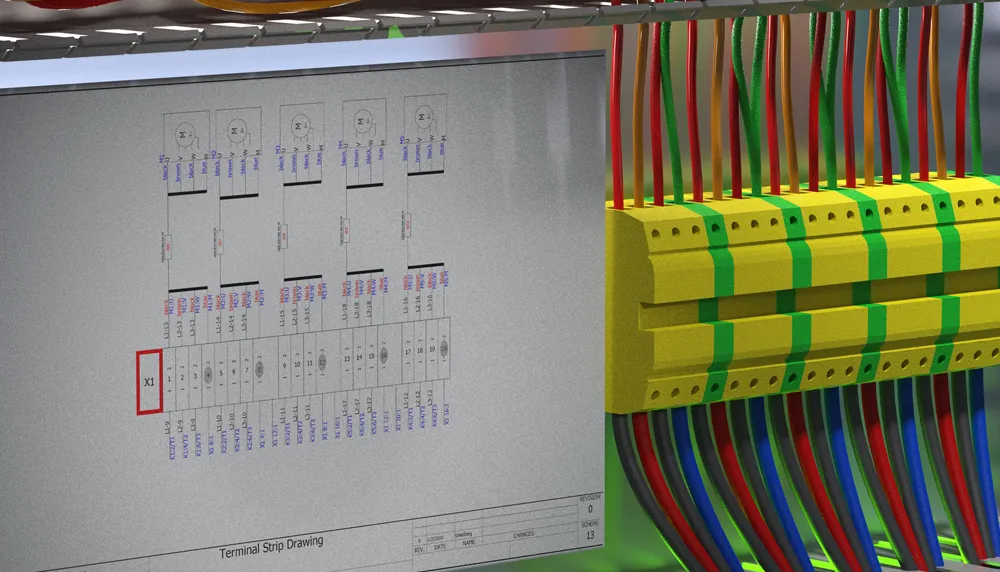
SOLIDWORKS ELECTRICAL Schematics
- Available Methods:
- SELF PACED
- INSTRUCTOR LED ONLINE
- CLASSROOM - Classroom Length: 3 Days
- Instructor-Led Online Length: 6 Days
- Price: $1,995
- LEARN MORE

SOLIDWORKS Electrical 3D
- Available Methods:
- INSTRUCTOR LED ONLINE
- CLASSROOM - Classroom Length: 1 Day
- Price: $995
- LEARN MORE
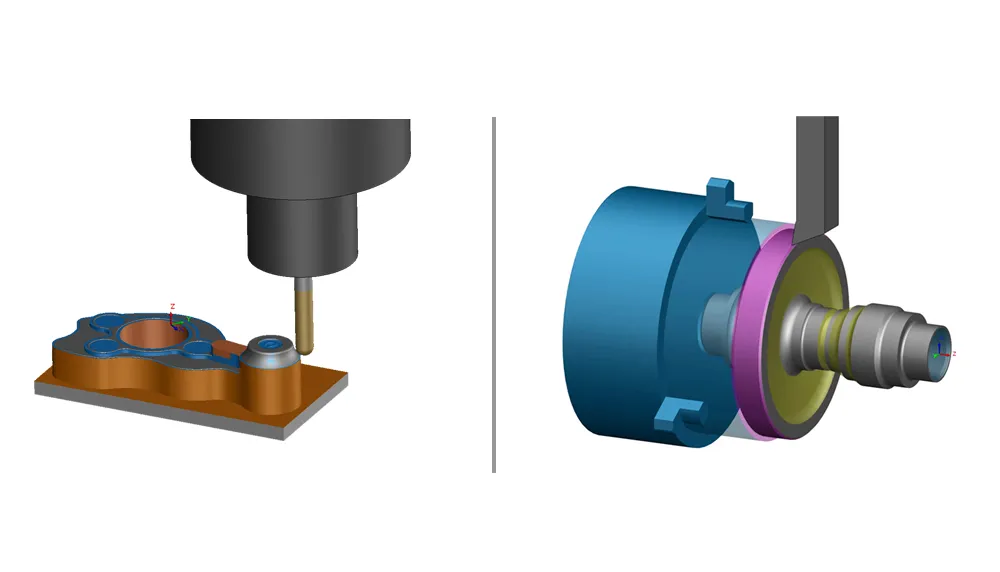
SOLIDWORKS CAM BUNDLE
- Available Methods:
- SELF PACED - Price: $1,995
- ENROLL
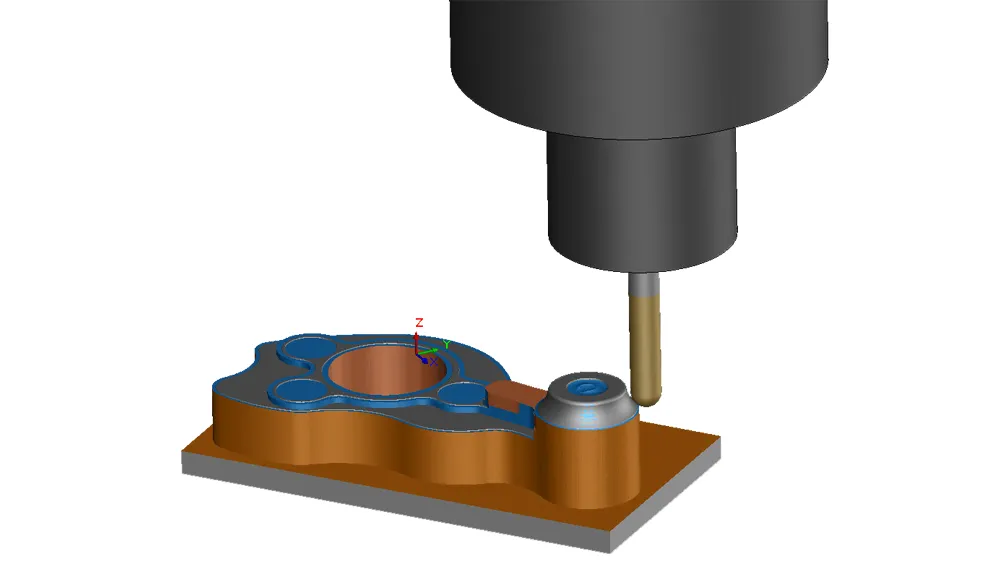
SOLIDWORKS CAM STANDARD
- Available Methods:
- SELF PACED
- INSTRUCTOR LED ONLINE - Instructor-Led Online Length: 4 Days
- Price: $1,495
- LEARN MORE
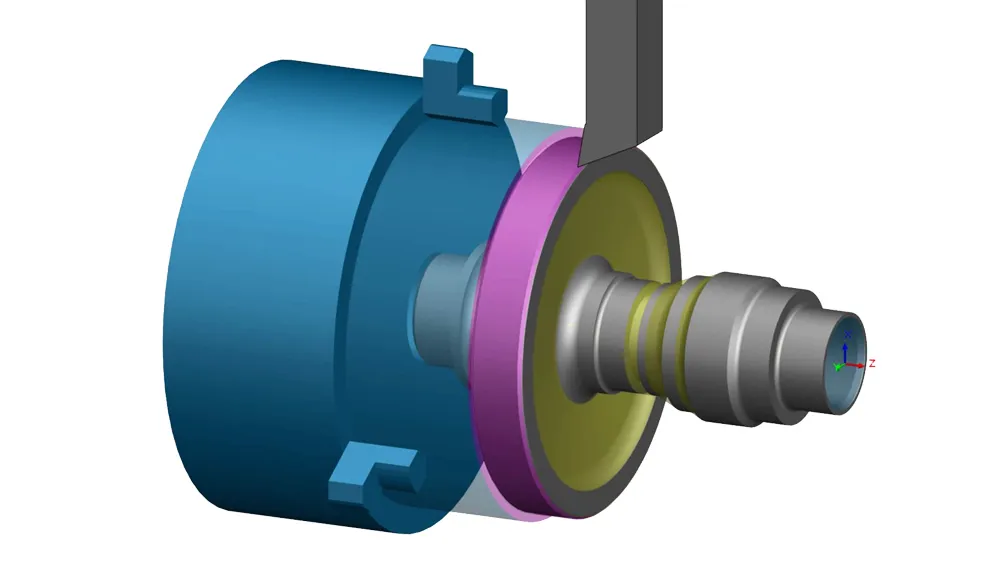
SOLIDWORKS CAM PROFESSIONAL
- Available Methods:
- SELF PACED
- INSTRUCTOR LED ONLINE - Instructor-Led Online Length: 4 Days
- Price: $1,495
- LEARN MORE
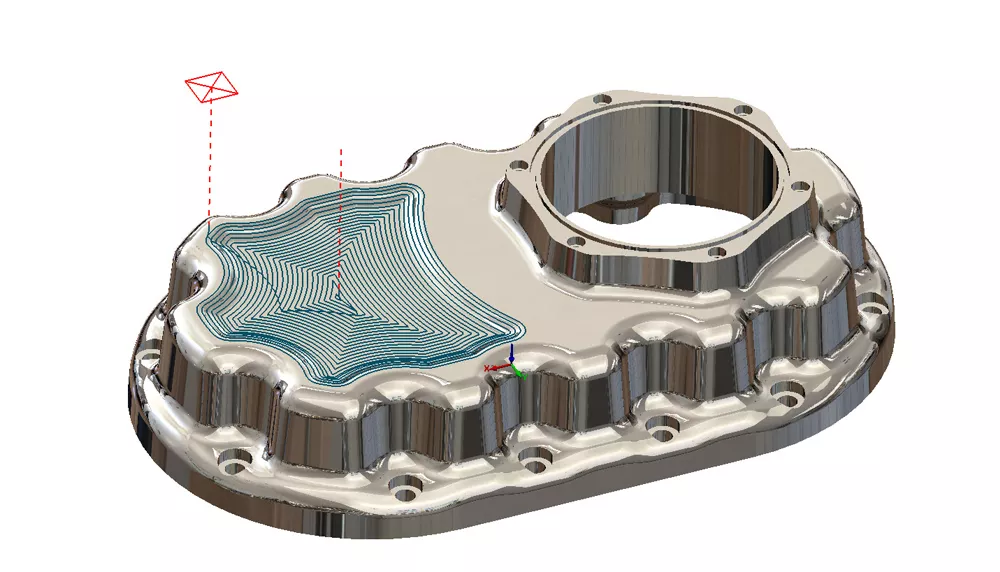
CAMWorks 3 Axis Milling
- Available Methods:
- Instructor Led Online - Instructor-Led Online Length: 6 Days
- Price: $1,995
- LEARN MORE
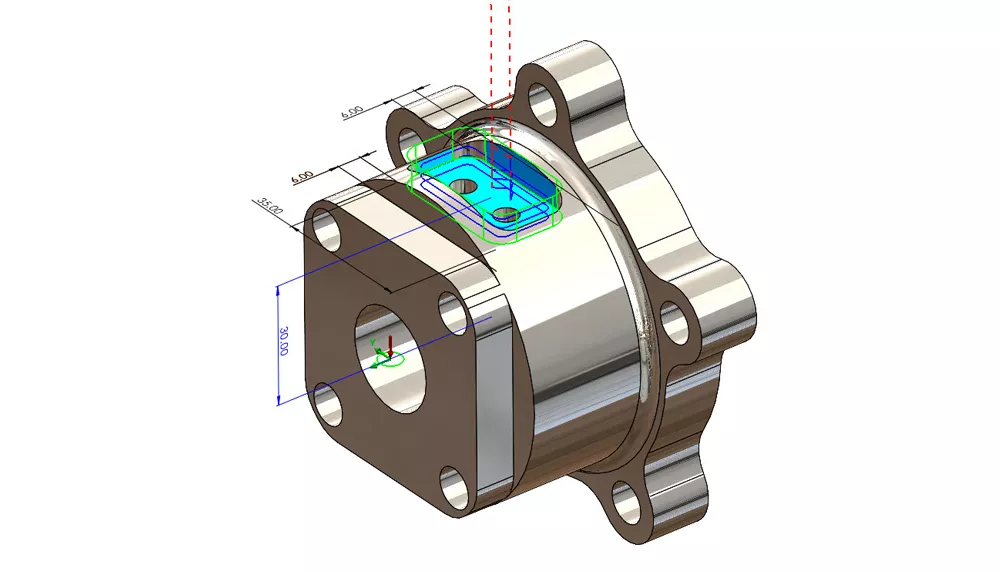
CAMWorks Mill/Turn
- Available Methods:
- Instructor Led Online - Instructor-Led Online Length: 6 Days
- Price: $2,495
- LEARN MORE
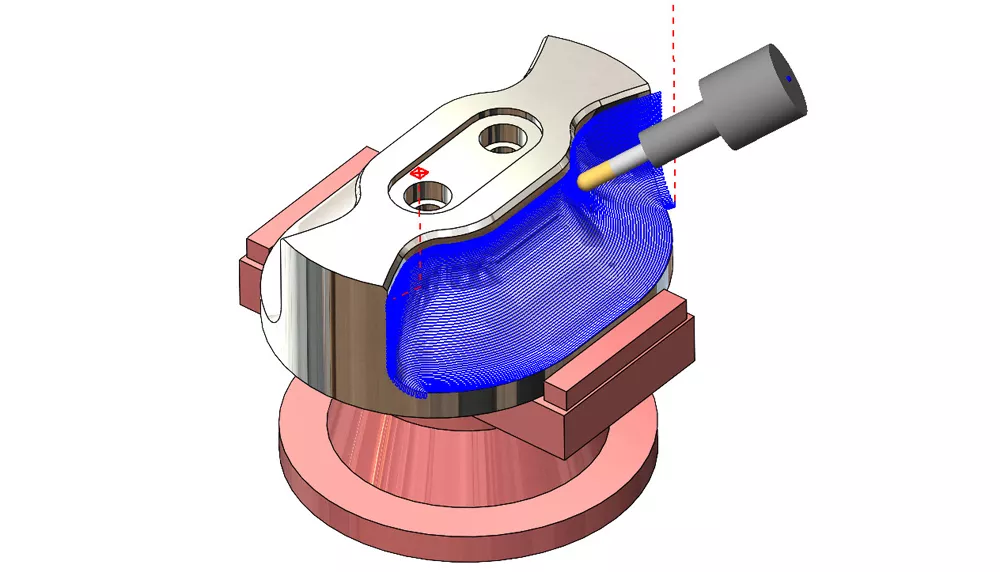
CAMWorks 4/5 Axis Milling
- Available Methods:
- Instructor Led Online - Instructor-Led Online Length: 6 Days
- Price: $2,995
- LEARN MORE
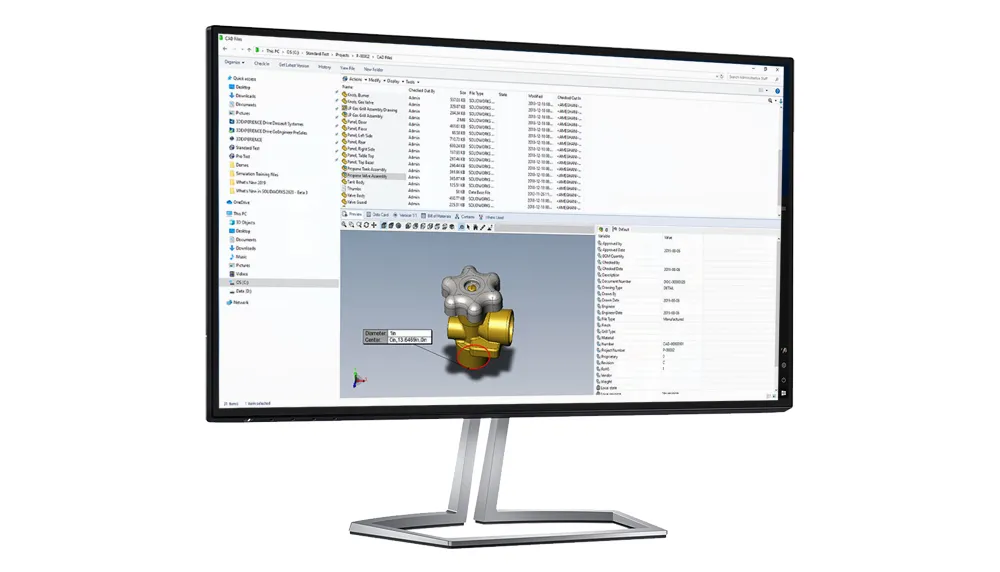
PDM ADMINISTRATOR
- Available Methods:
- Instructor Led Online
- CLASSROOM - Classroom Length: 3 days
- Instructor Led Online Length: 5 days
- Price: $1,995
- LEARN MORE
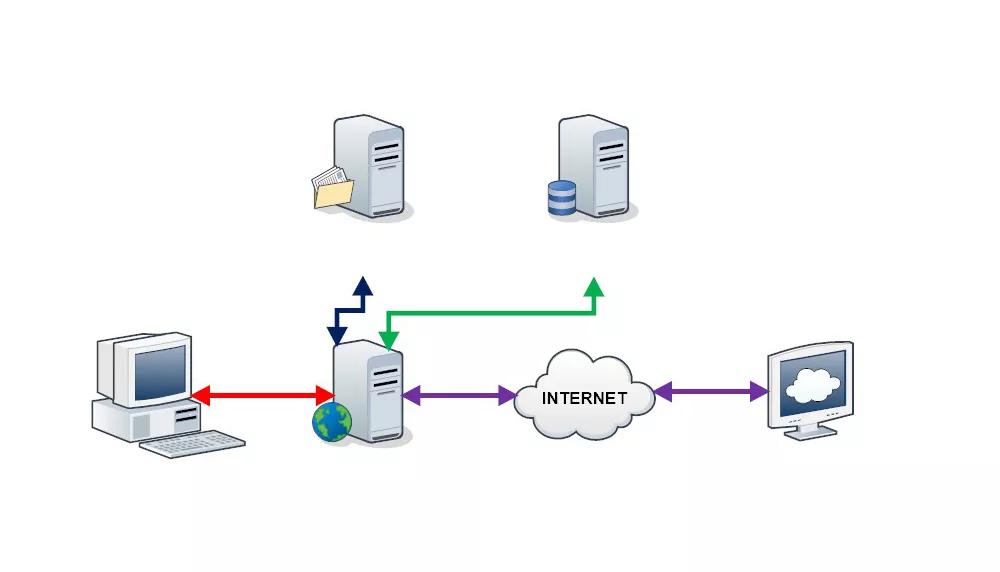
PDM Administrator Advanced
- Available Methods:
- INSTRUCTOR LED ONLINE - Instructor Led Online Length: 3 days
- Price: $1,495
- LEARN MORE
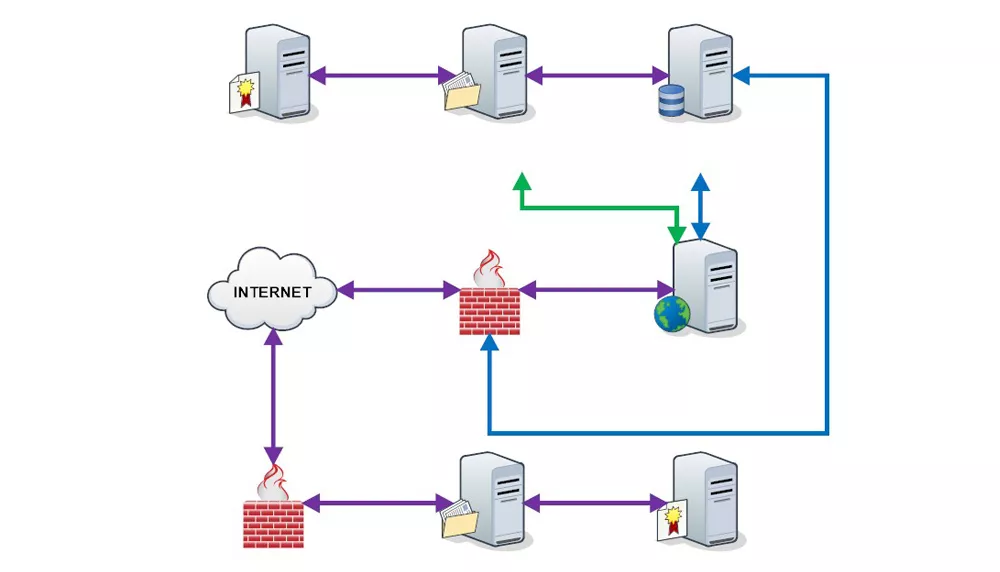
PDM IT Administrator
- Available Methods:
- INSTRUCTOR LED ONLINE - Instructor Led Online Length: 2 days
- Price: $1,495
- LEARN MORE
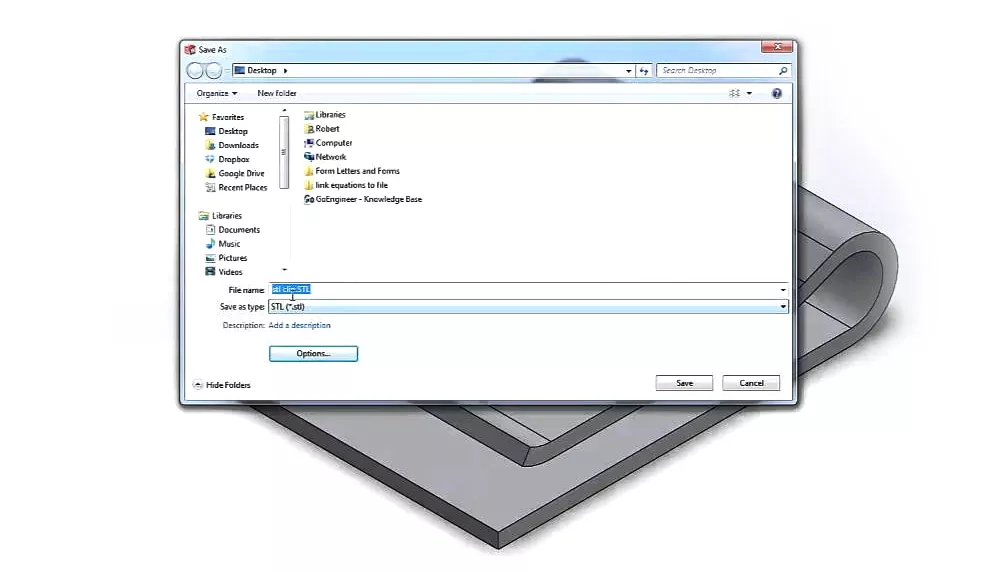
SOLIDWORKS File Management
- Available Methods:
- INSTRUCTOR LED ONLINE
- CLASSROOM - Classroom Length: 1day
- Instructor Led Online Length: 2 Days
- Price: $695
- LEARN MORE
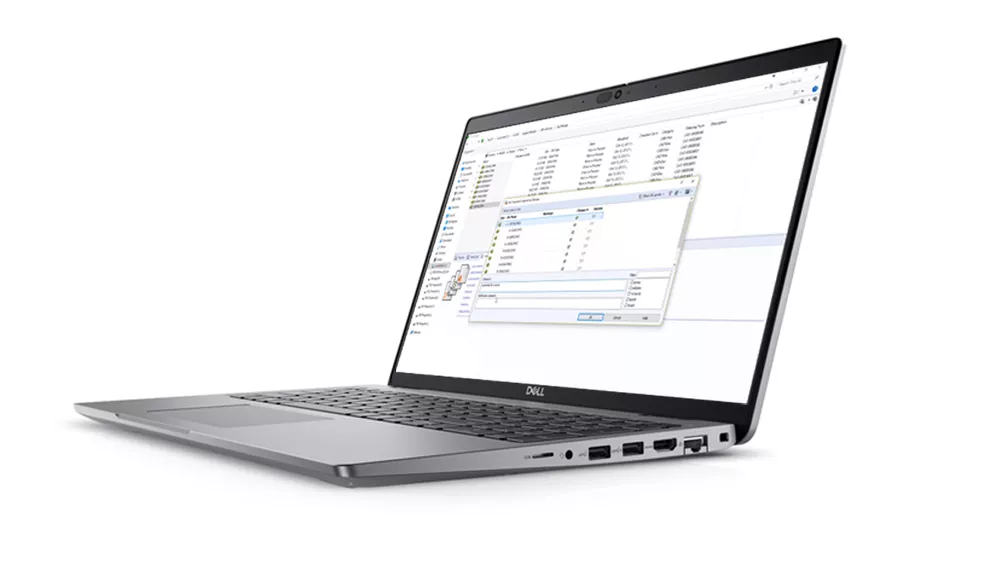
Using SOLIDWORKS PDM
- Available Methods:
- SELF PACED
- Price: $695
- ENROLL

DraftSight Essentials
- Available Methods:
- INSTRUCTOR LED ONLINE - Instructor-Led Online Length: 4 Days
- Price: $995
- LEARN MORE
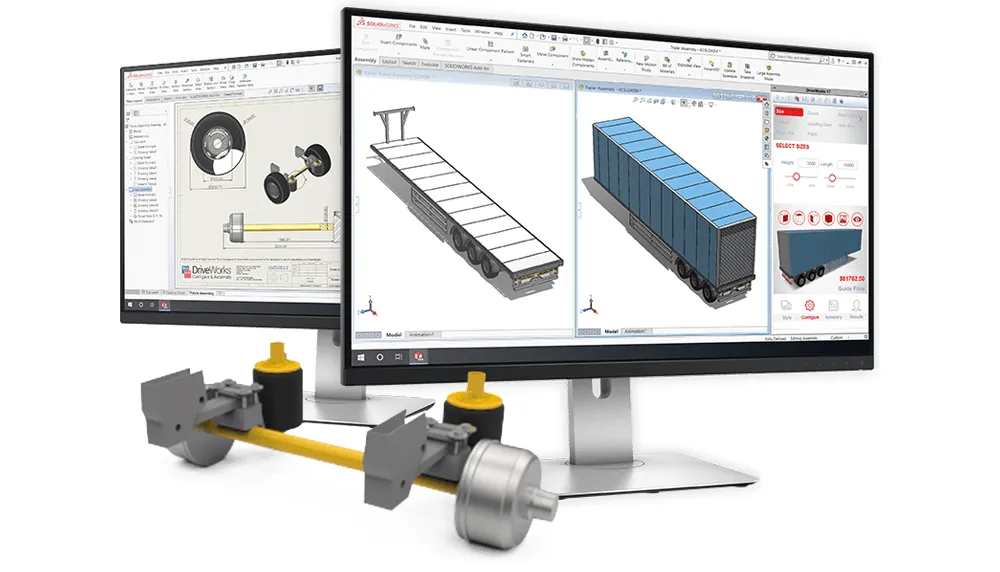
DRIVEWORKS PRO ADMINISTRATOR
- Available Methods:
- INSTRUCTOR LED ONLINE
- CLASSROOM - Classroom Length: 4 days
- Instructor-Led Online Length: 4 Days
- Price: $2,495
- LEARN MORE
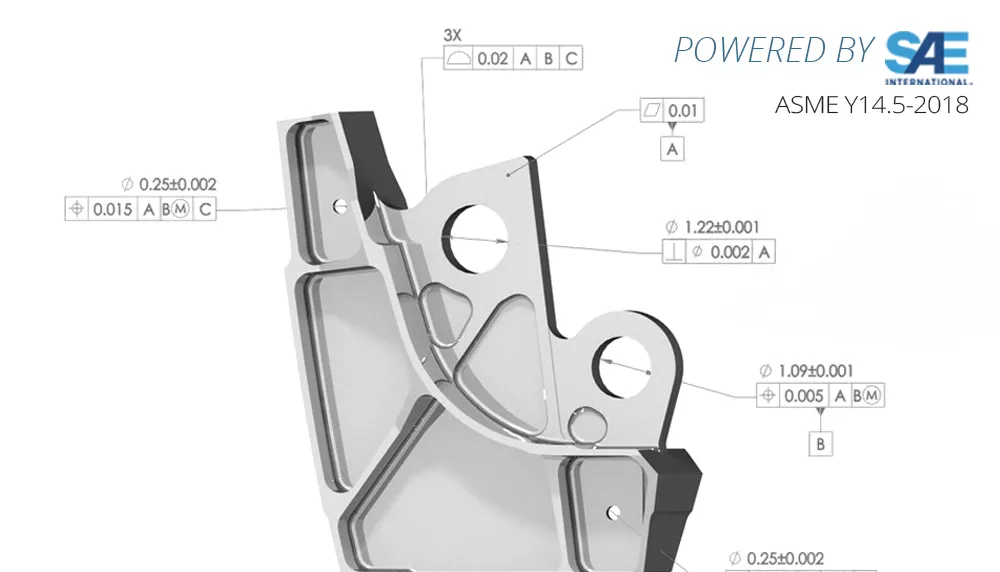
SOLIDWORKS GD&T
- Available Methods:
- SELF PACED - Price: $1,495
- ENROLL
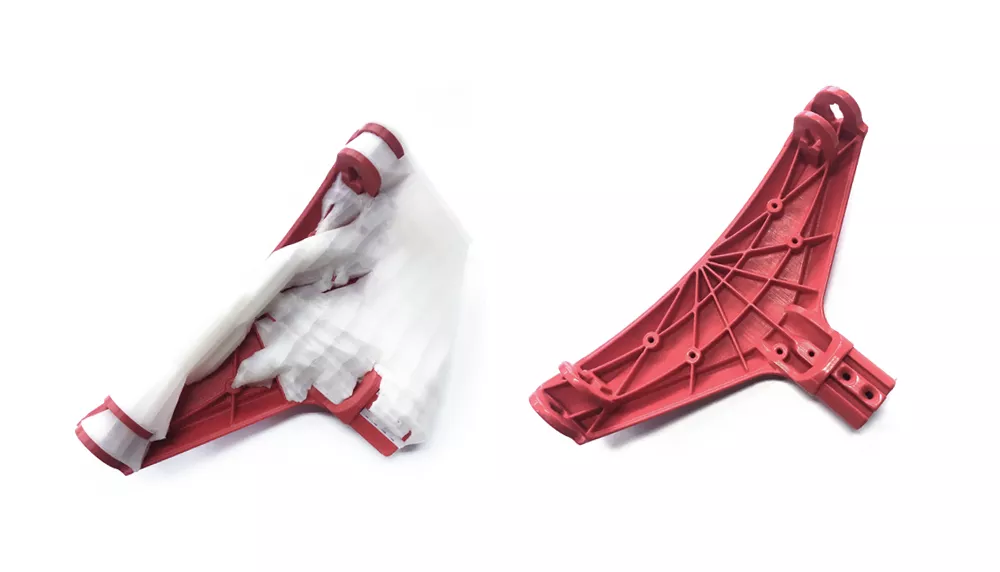
Stratasys Insight User Training
- Available Methods:
- SELF PACED - Price: $695
- ENROLL
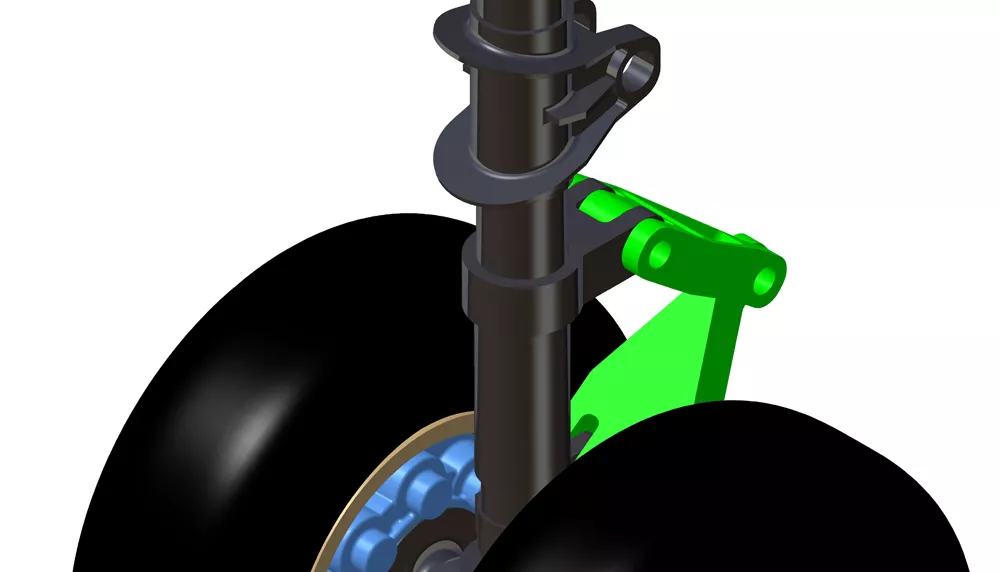
CATIA Fundamentals
- Available Methods:
- INSTRUCTOR LED ONLINE
- CLASSROOM - Classroom Length: 5 days
- Instructor-Led Online Length: 10 Days
- Price: $2,495
- LEARN MORE
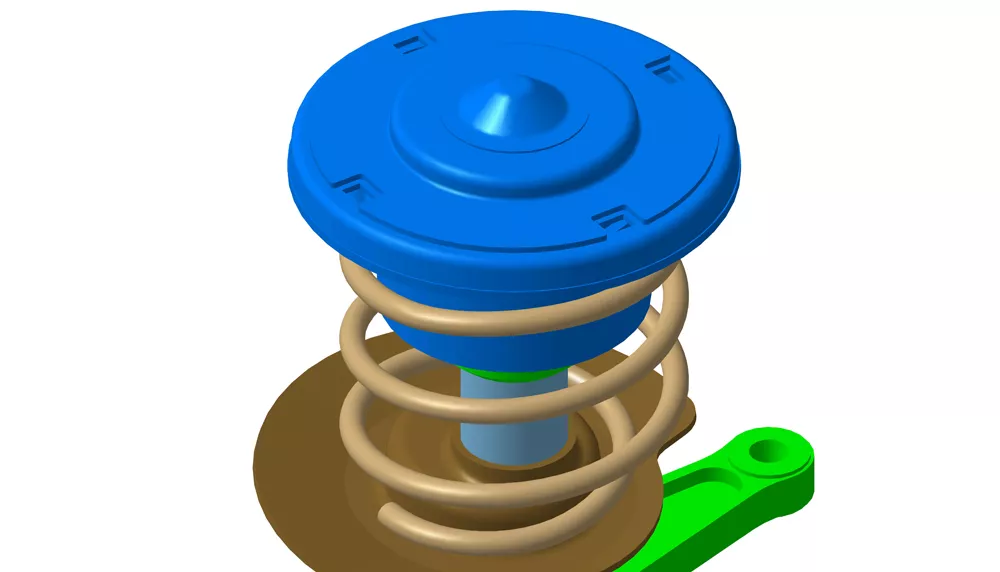
CATIA Fundamentals - Accelerated
- Available Methods:
- INSTRUCTOR LED ONLINE
- CLASSROOM - Classroom Length: 3 Days
Instructor-Led Online Length: 6 Days - Price: $1,495
- LEARN MORE
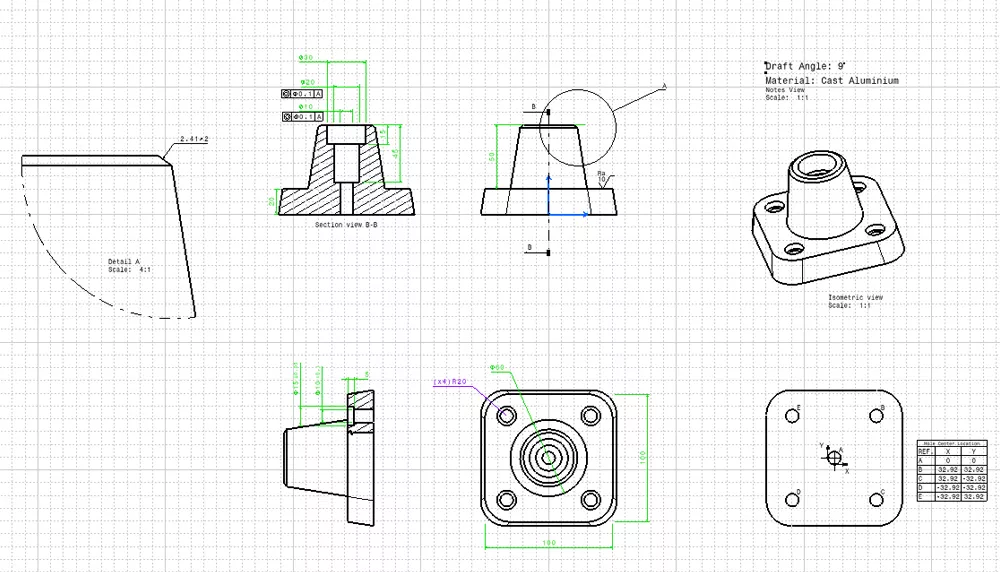
CATIA V5: Detail Drafting
- Available Methods:
- INSTRUCTOR LED ONLINE
- CLASSROOM - Classroom Length: 2 Days
Instructor-Led Online Length: 4 Days - Price: $995
- LEARN MORE
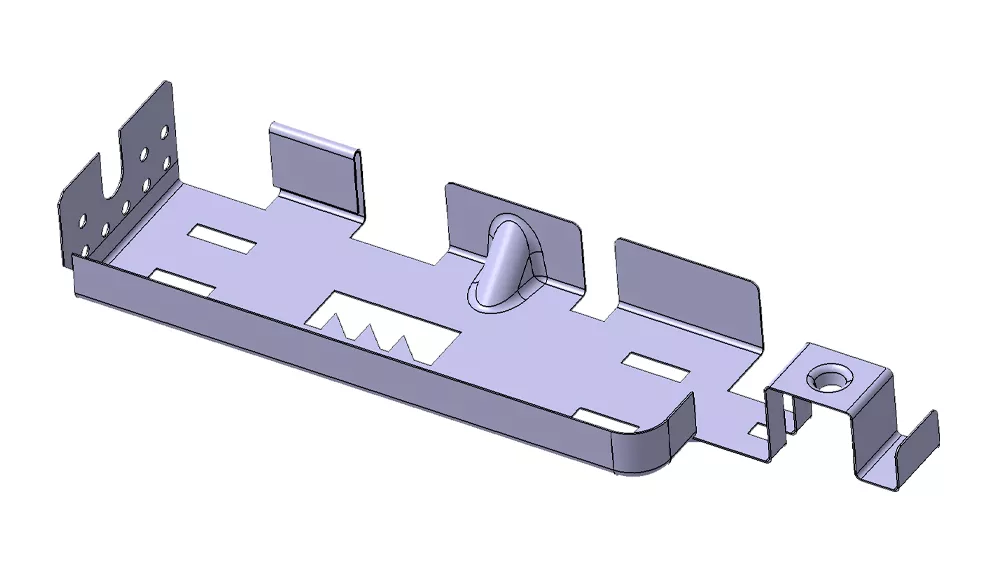
CATIA V5: Generative Sheetmetal Design
- Available Methods:
- INSTRUCTOR LED ONLINE
- CLASSROOM - Classroom Length: 2 Days
Instructor-Led Online Length: 4 Days - Price: $995
- LEARN MORE
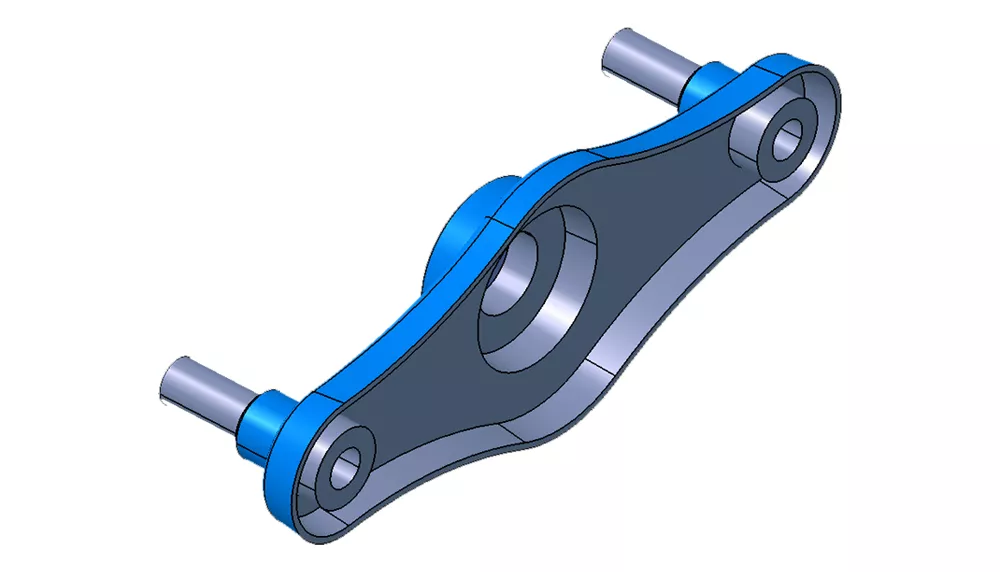
CATIA V5: Part Design Expert
- Available Methods:
- INSTRUCTOR LED ONLINE
- CLASSROOM - Classroom Length: 1 Day
Instructor-Led Online Length: 2 Days - Price: $695
- LEARN MORE
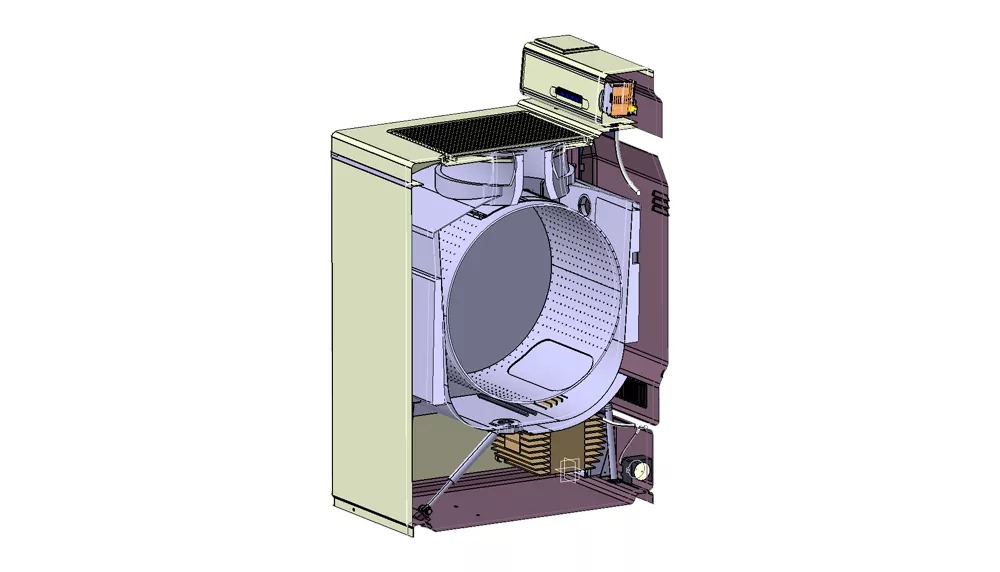
CATIA V5: Product Design Expert
- Available Methods:
- INSTRUCTOR LED ONLINE
- CLASSROOM - Classroom Length: 2 DayS
Instructor-Led Online Length: 4 Days - Price: $995
- LEARN MORE
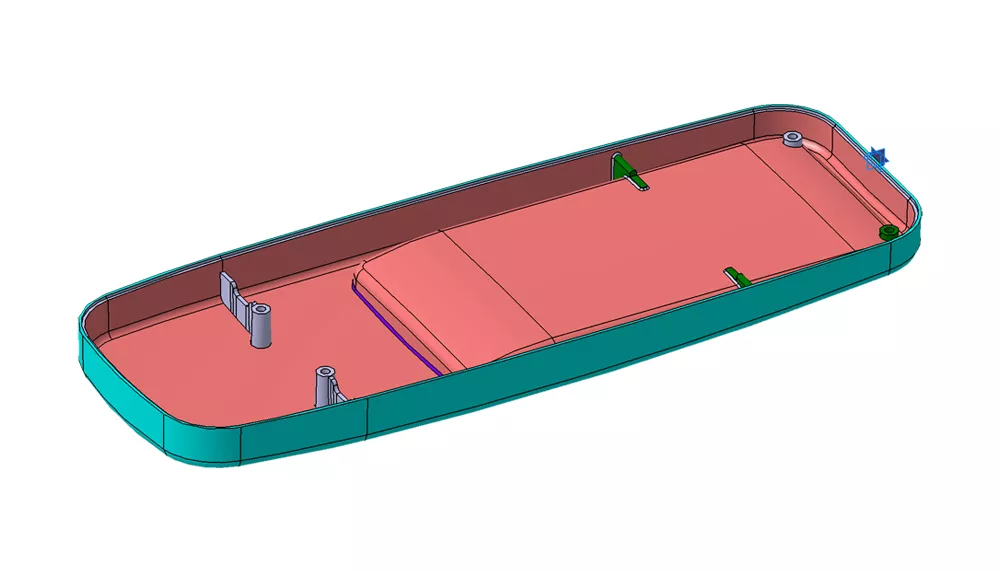
CATIA V5: Surface Design
- Available Methods:
- INSTRUCTOR LED ONLINE
- CLASSROOM - Classroom Length: 2 DayS
Instructor-Led Online Length: 4 Days - Price: $995
- LEARN MORE
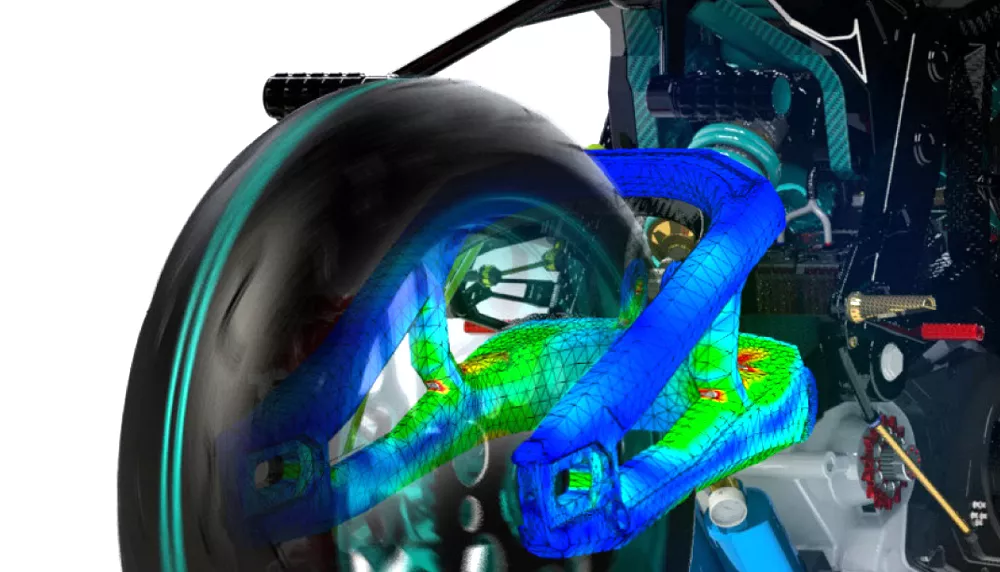
3DEXPERIENCE SIMULIA FEA Essentials
- Available Methods:
- SELF PACED - Price: $995
- ENROLL
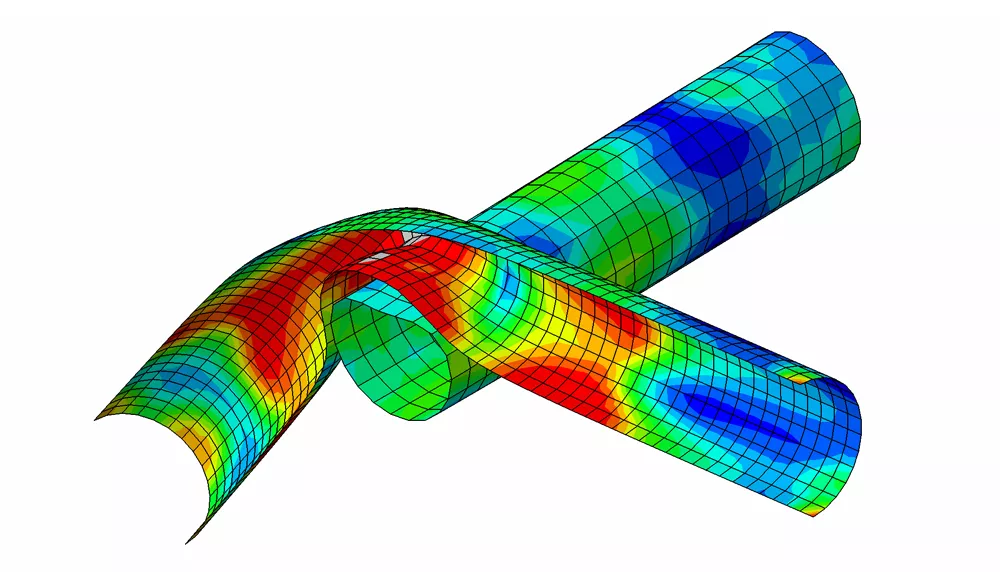
Introduction to Abaqus
- Available Methods:
- INSTRUCTOR LED ONLINE
- CLASSROOM - Classroom Length: 4 days
- Instructor-Led Online Length: 6 HALF Days
- Price: $2,995
- LEARN MORE
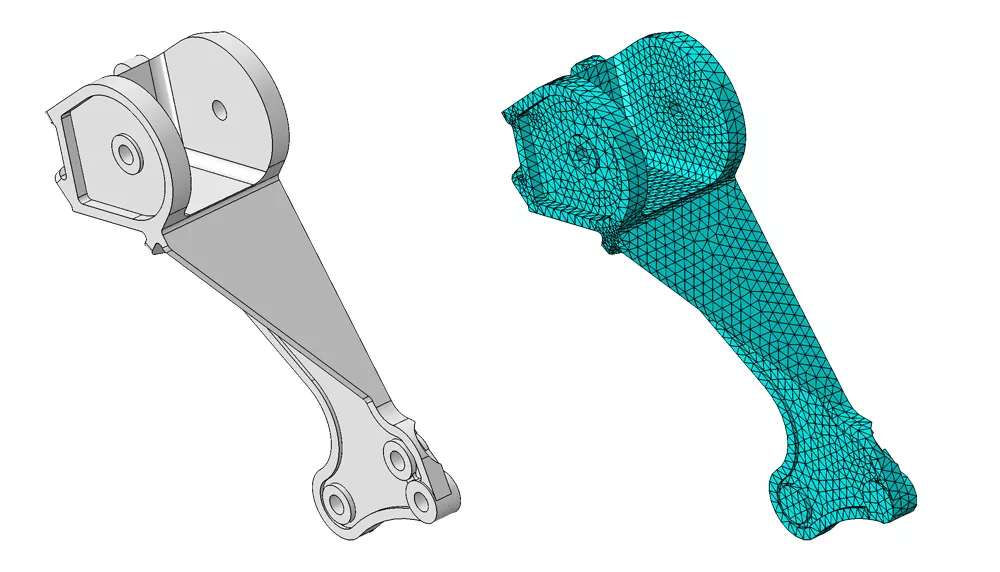
Abaqus/CAE: Geometry Import and Meshing
- Available Methods:
- CLASSROOM - Classroom Length: 2 days
- Price: $1,995
- LEARN MORE
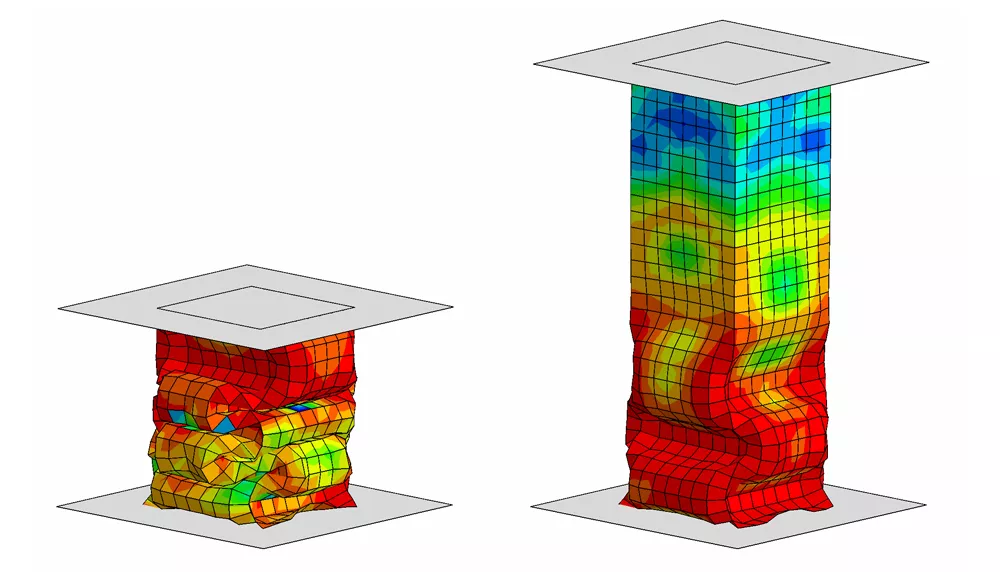
Abaqus/Explicit: Advanced Topics
- Available Methods:
- CLASSROOM - Classroom Length: 3 days
- Price: $2,995
- LEARN MORE
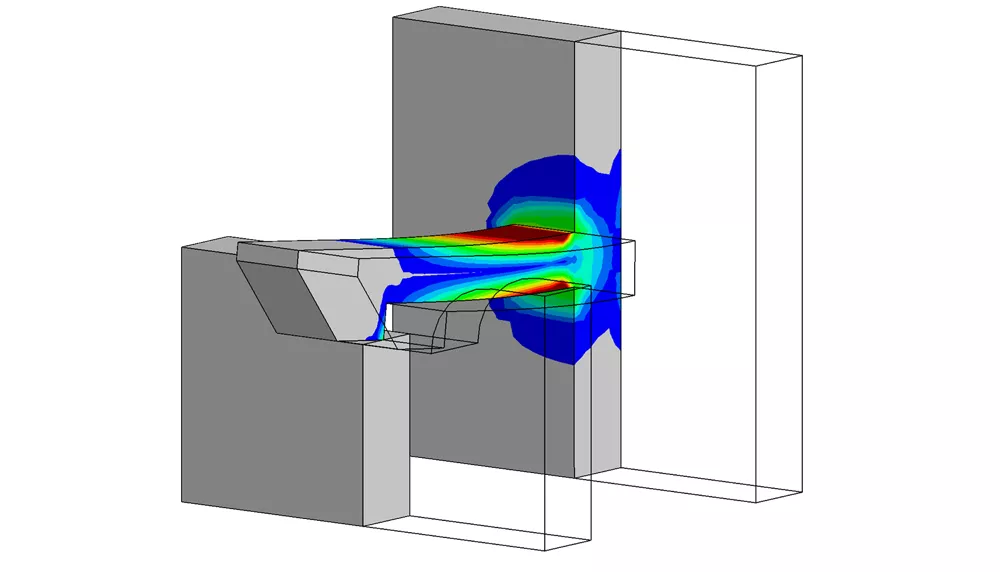
Modeling Contact and Resolving Convergence Issues with Abaqus
- Available Methods:
- CLASSROOM - Classroom Length: 3 days
- Price: $2,995
- LEARN MORE
TRAINING METHODS
ONLINE CLASSES
IN-PERSON CLASSES
ONLINE CLASSES
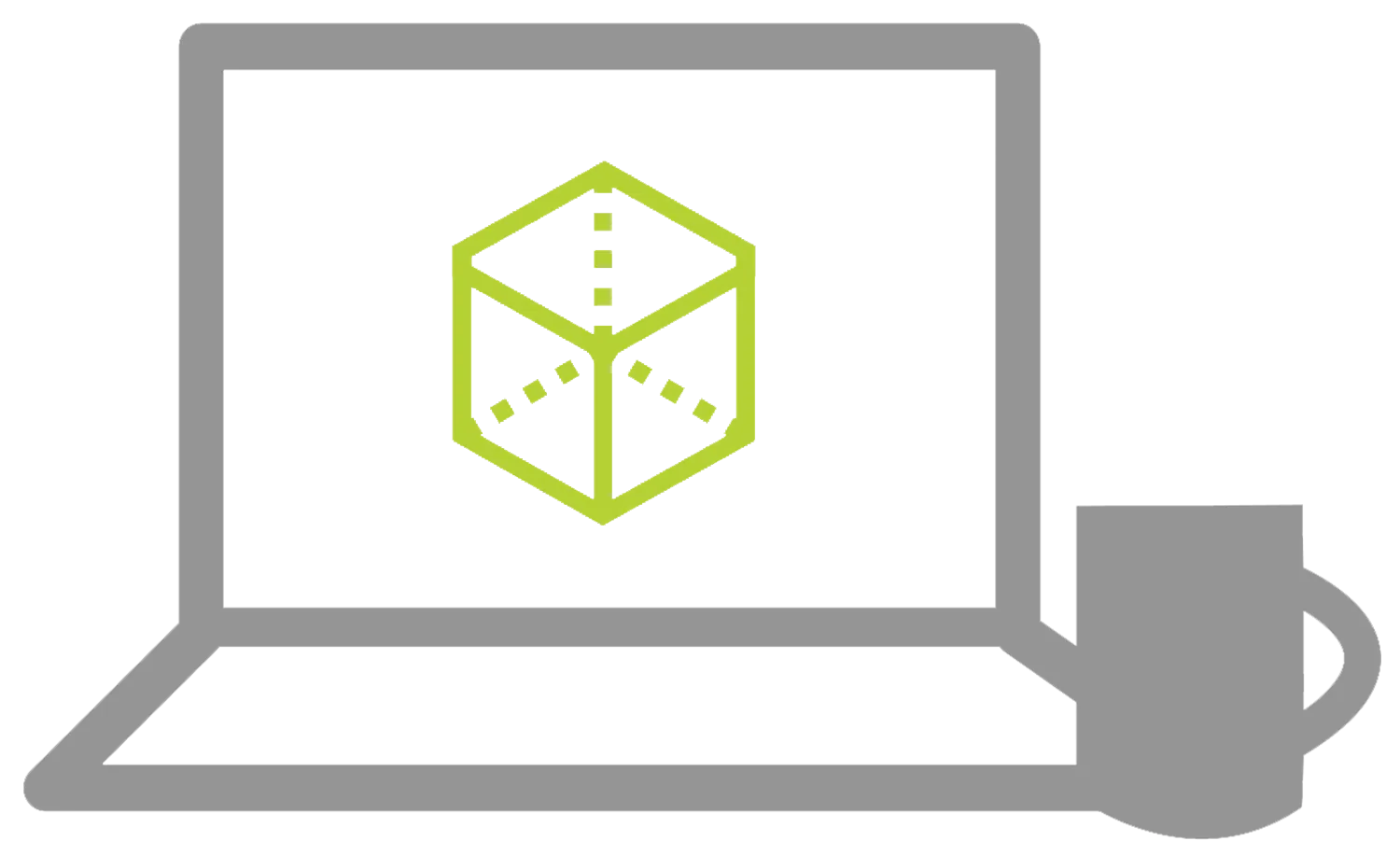
Learn on Your Schedule
See Catalog >

Online Instructor Training
Register Online >
IN-PERSON CLASSES

In-Person Training
See Calendar >

Location Based Training
Get a Quote >
PATHWAYS
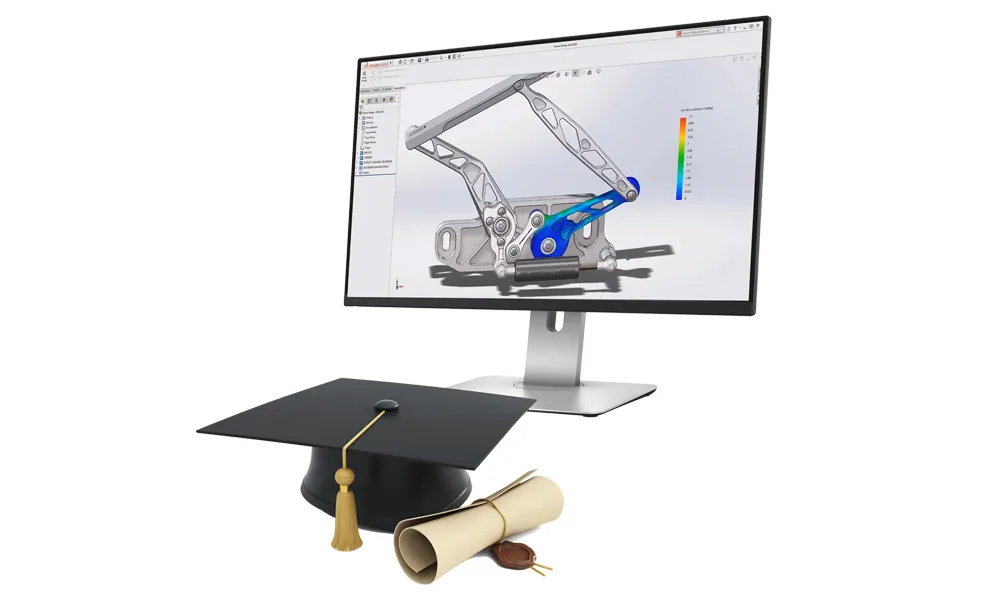
Professional SOLIDWORKS Training
SOLIDWORKS Courses for Every Skill LevelLearn More > Professional SOLIDWORKS Training
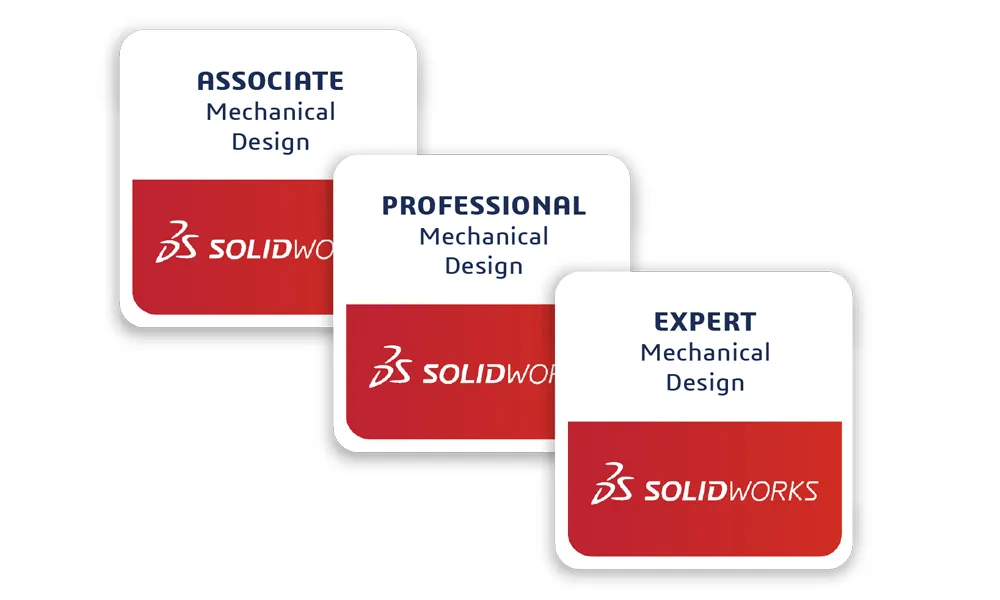
SOLIDWORKS Certification
Verify your skills with SOLIDWORKS Certification ExamsLearn More > SOLIDWORKS Certification
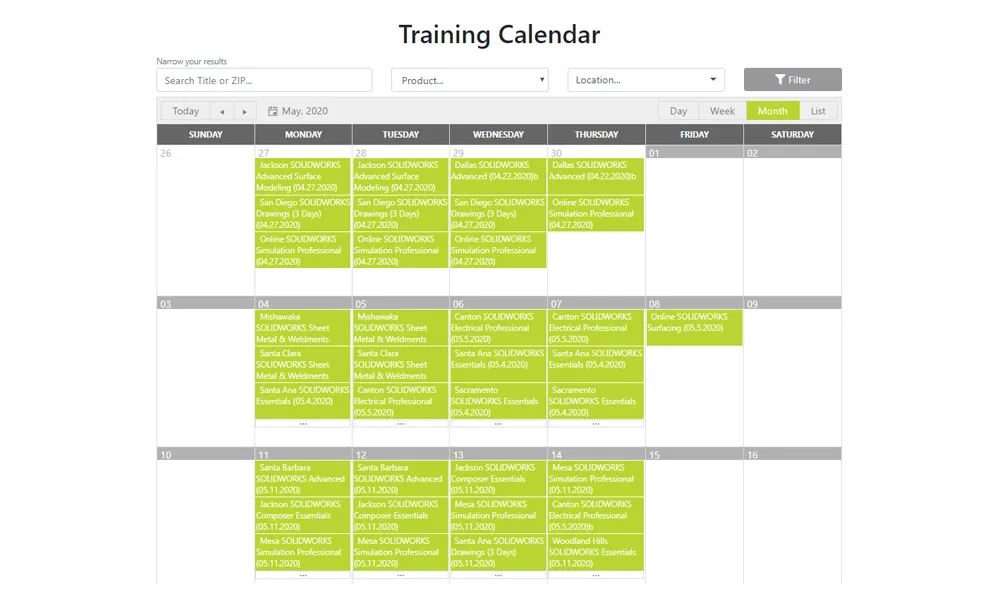
Training Calendar
Search Product, Time and Location for Training AvailabilityLearn More > Training Calendar
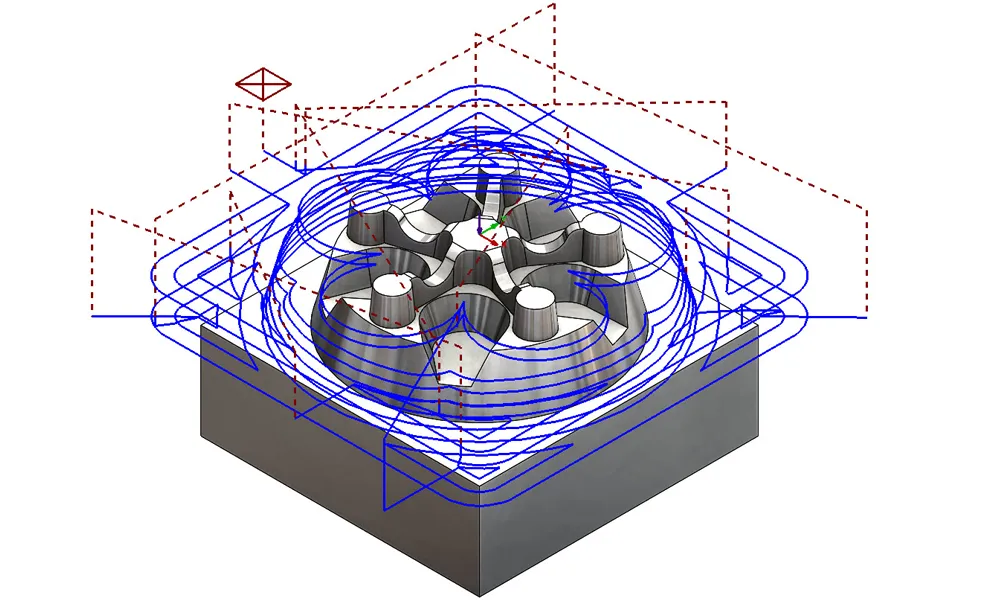
CAM, 3D Printing & Scanning
Request Custom Training for 3D Printing, CAM and 3D ScanningLearn More >
Learn More
Additional Resources
Take Advantage of GoEngineer’s Extensive Knowledge Base and Resources

Find a Solution
Our robust Knowledge Base contains over 12,000 resources to help answer your product design questions. From basic CAD questions to in-depth guides and tutorials, find your solution here. Find a Solution

PROFESSIONAL TRAINING
Improve your skills with professional training and certifications in SOLIDWORKS, CAM, 3D Printing, and 3D Scanning offered four ways: self-paced, online, on-site, or in-classroom. Certified Training Courses

BLOG
#1 Technical Resource Worldwide - Right at your fingertips. Search or browse through hundreds of SOLIDWORKS tips & tricks, additive manufacturing product developments, announcements, how-to guides, and tutorials. Blog
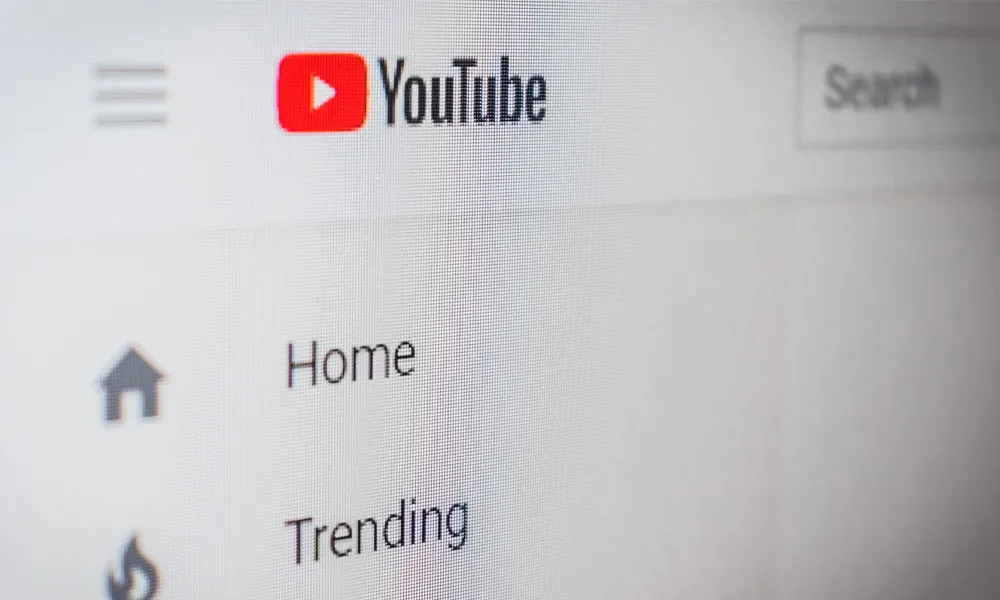
YouTube Channel
Our YouTube channel hosts hundreds of educational tutorials, product demonstrations, recorded webinars, and best practices for all of our products and services. GoEngineer's YouTube Channel
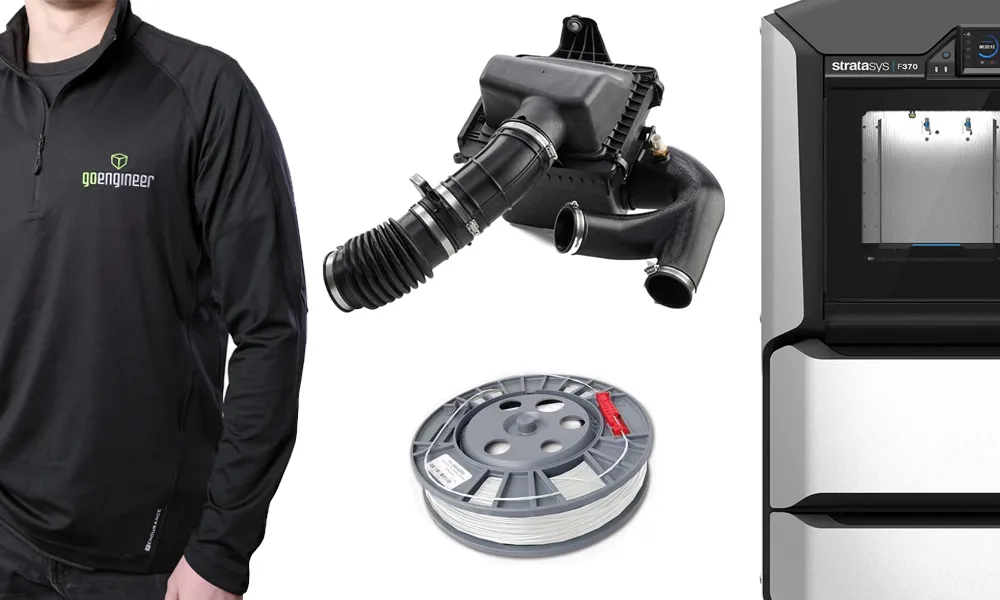
ONLINE STORE
Order 3D printing materials and consumables, enroll in SOLIDWORKS training classes, and buy official GoEngineer gear directly from our online store. Online Store
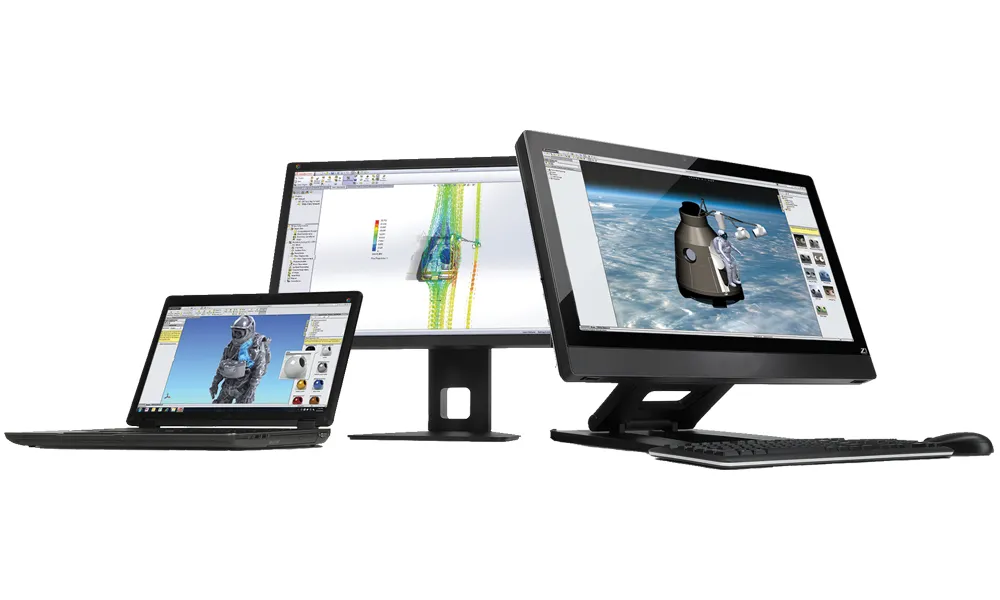
WEBINARS
Our engineering webinars are hosted by some of the top experts in the industry. They are always recorded, always free, and always offer a live Q&A. WEBINARS
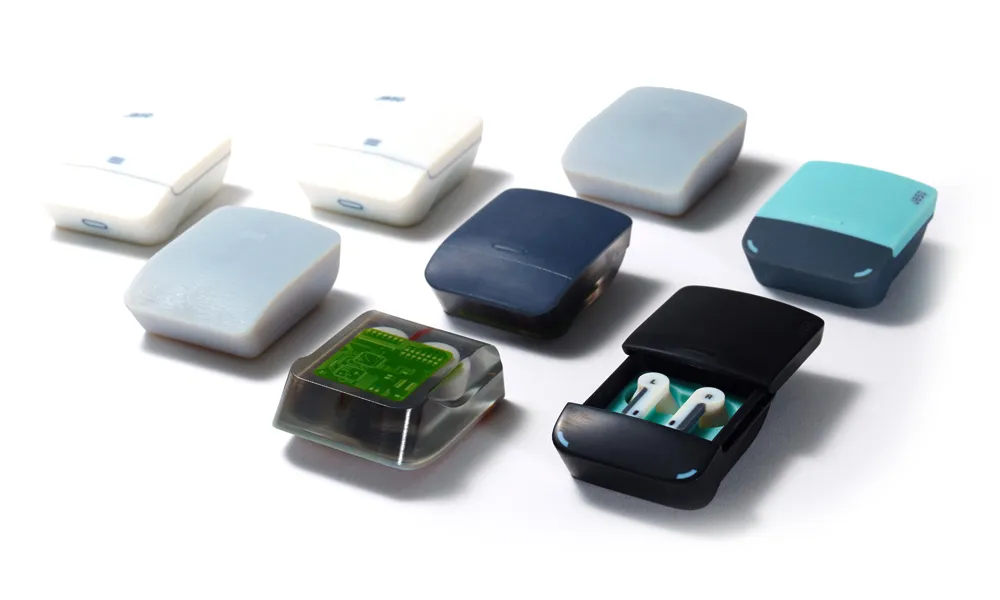
3D Printing Services
Need to 3D print a part? Our Additive Manufacturing experts will 3D print your part and deliver it to you using the latest technology on one of our professional FDM, PolyJet, SL, or Metal 3D printers. 3D Printing Services
